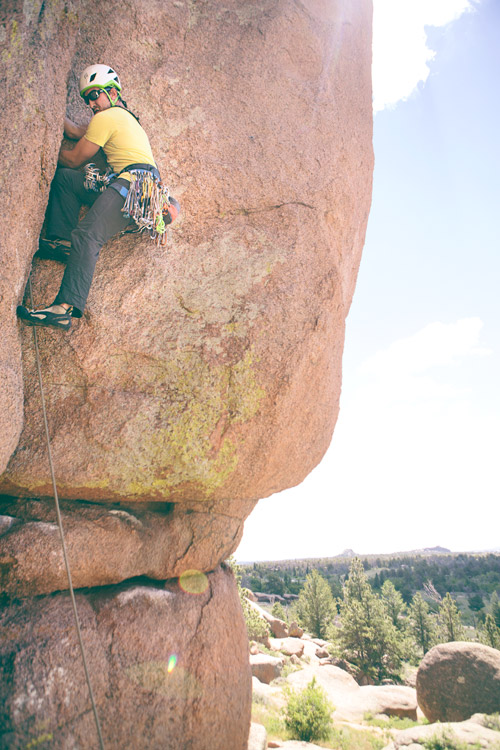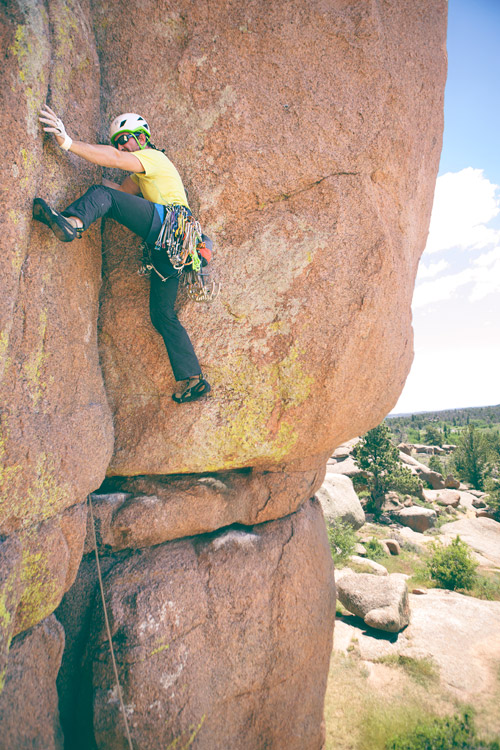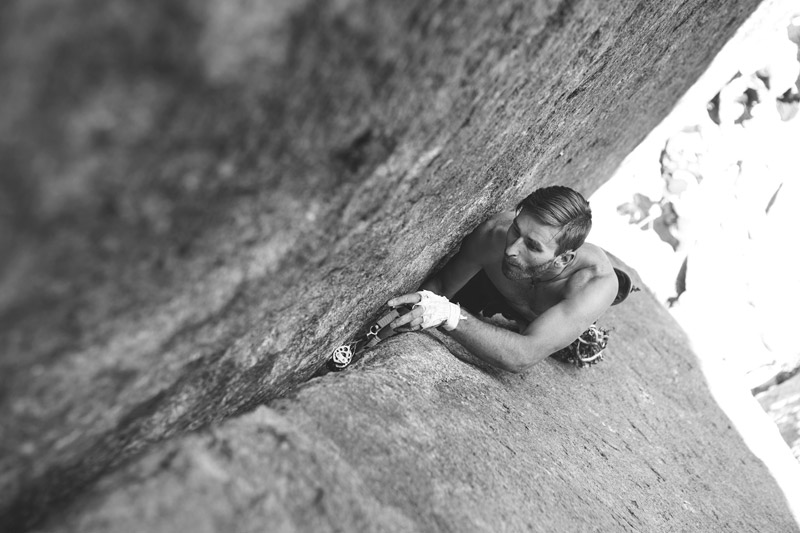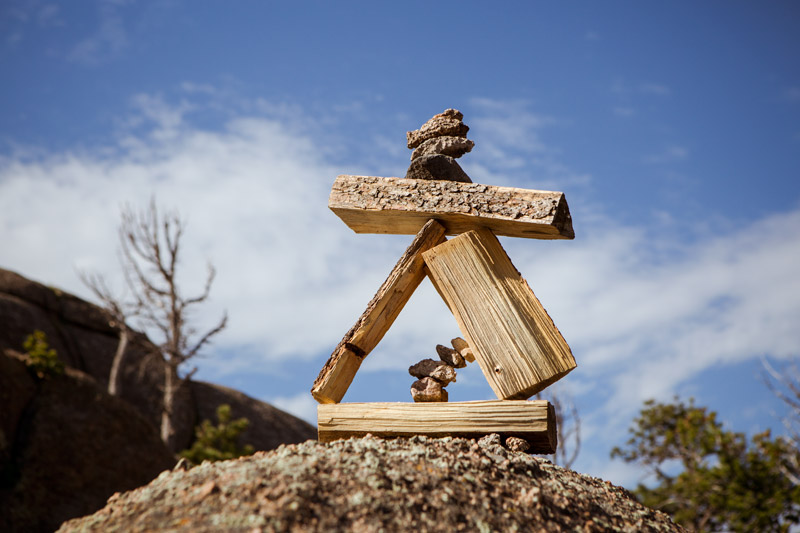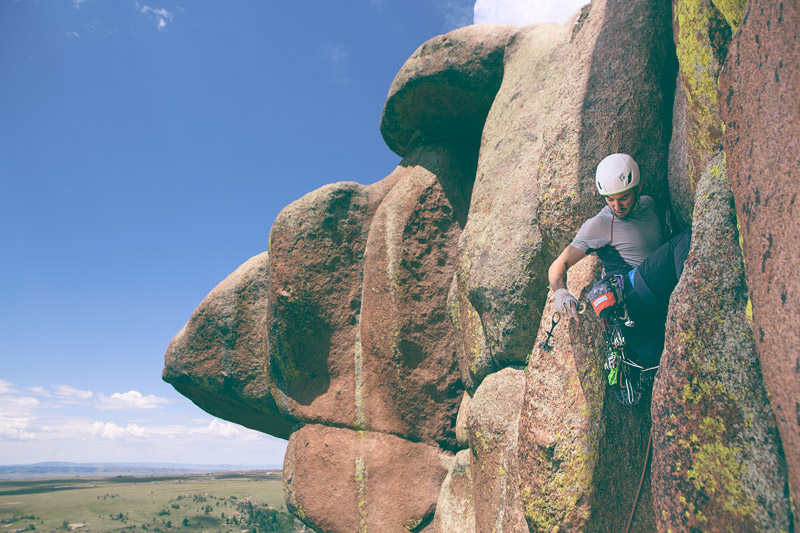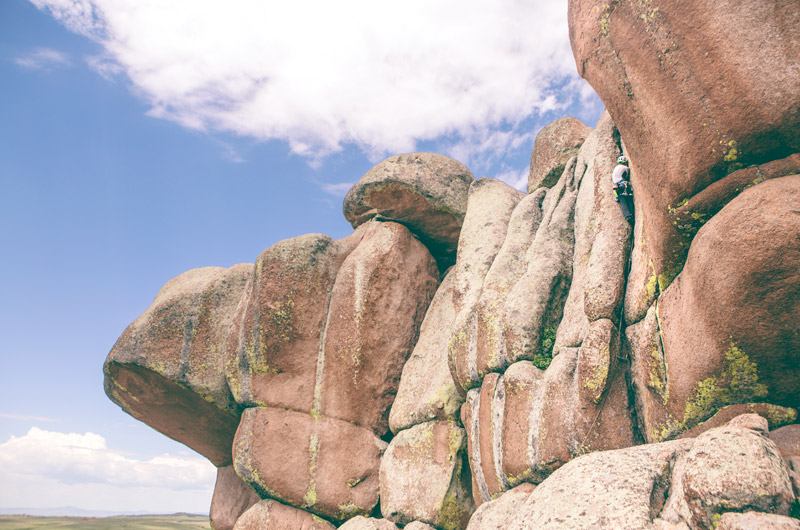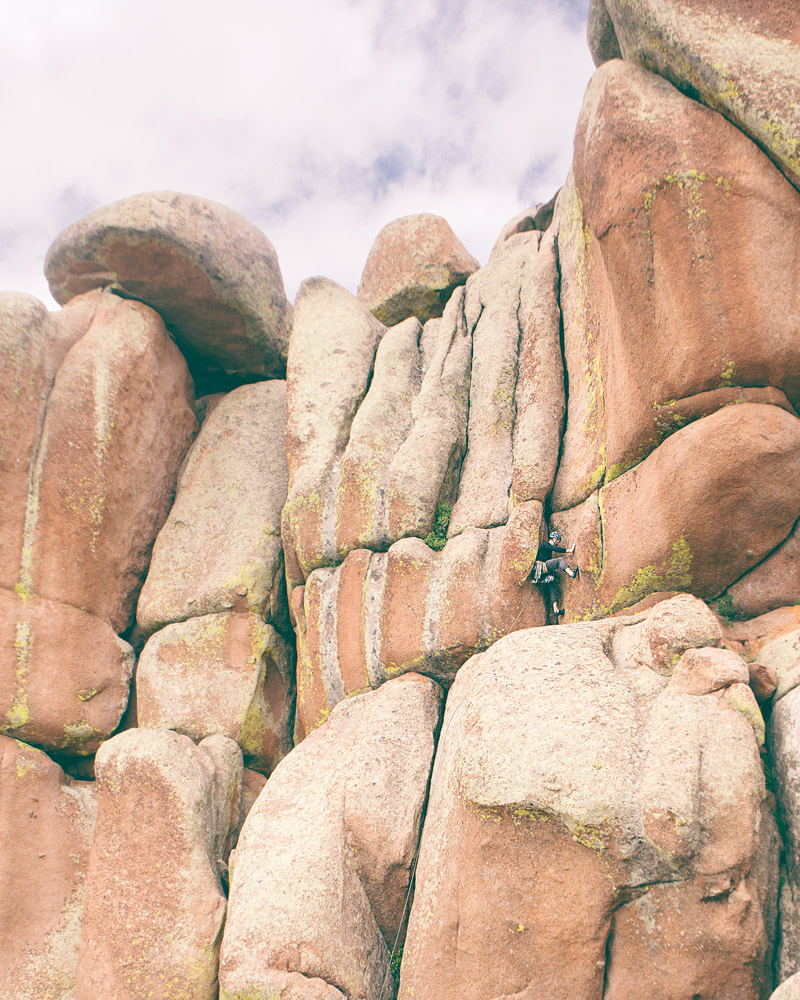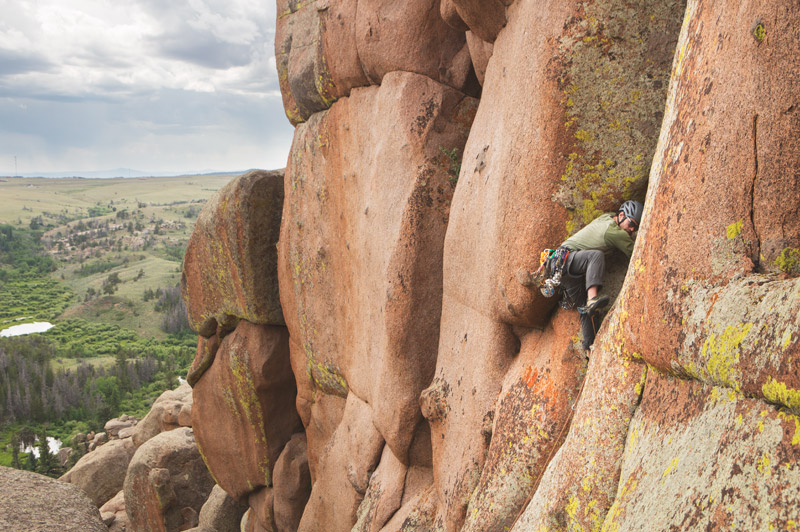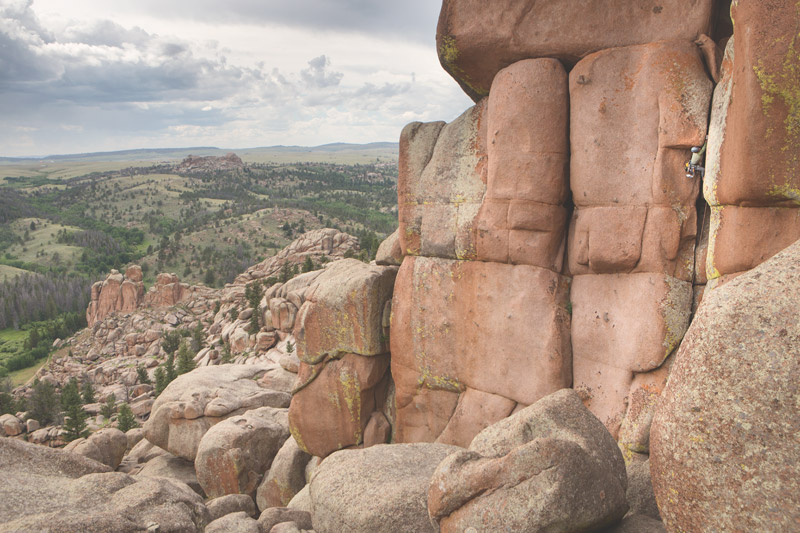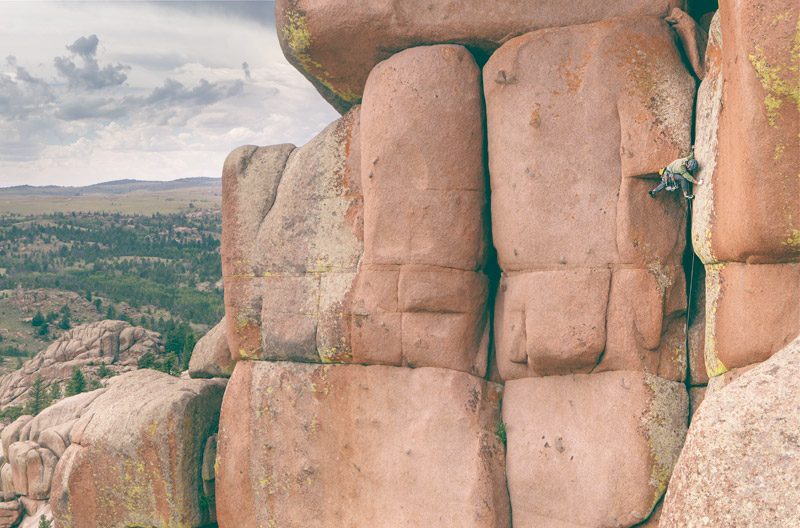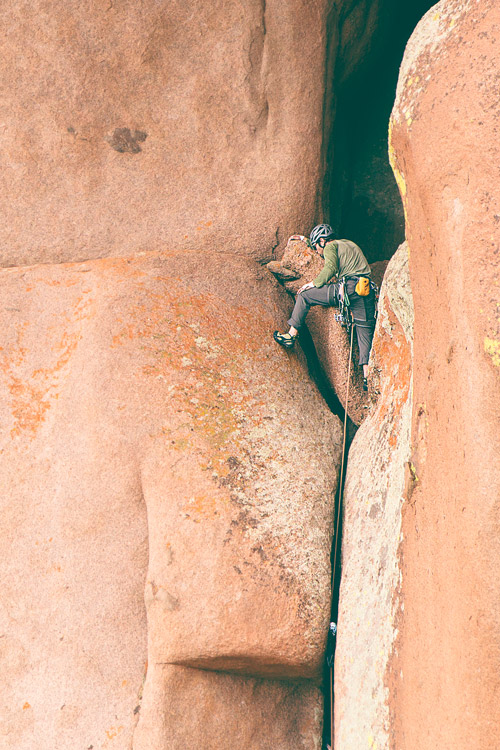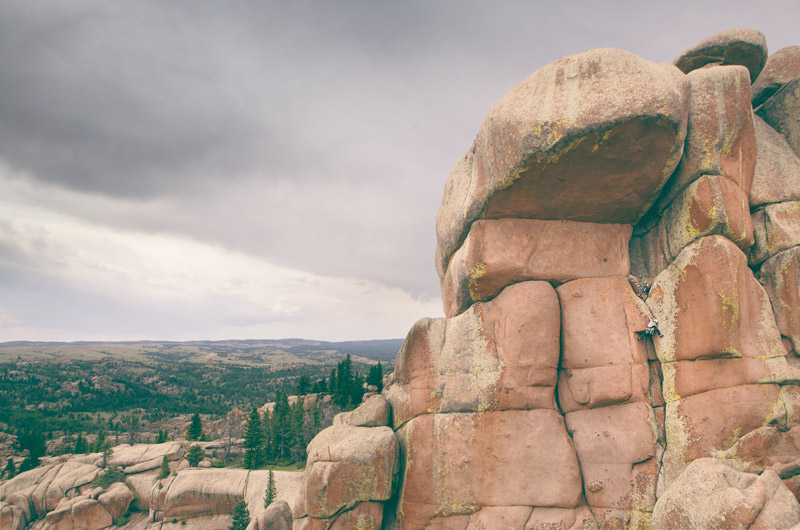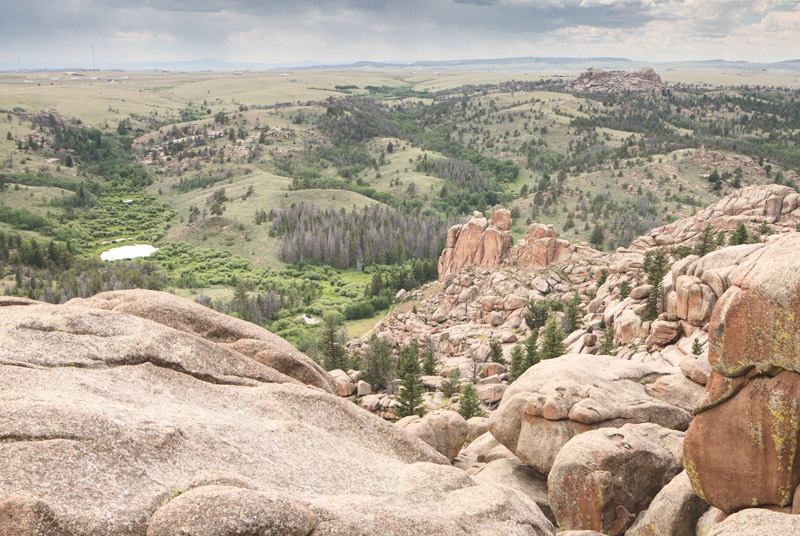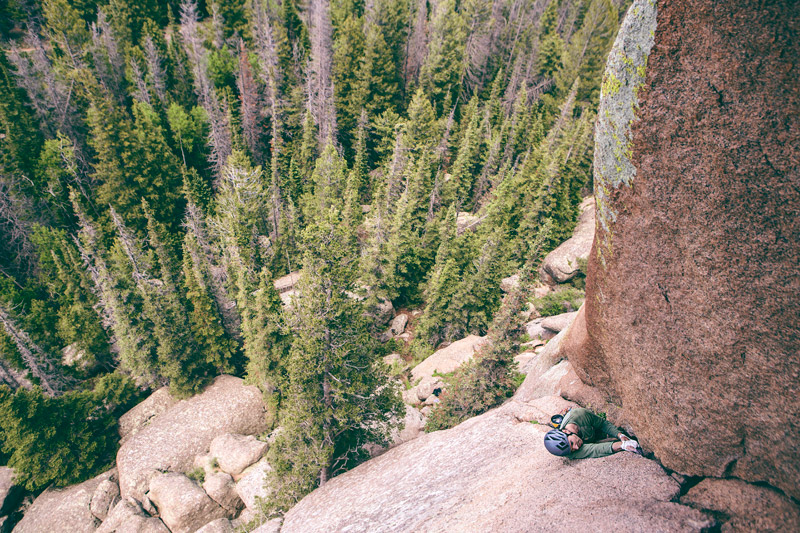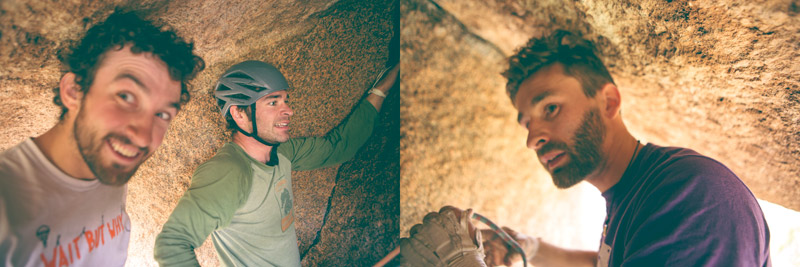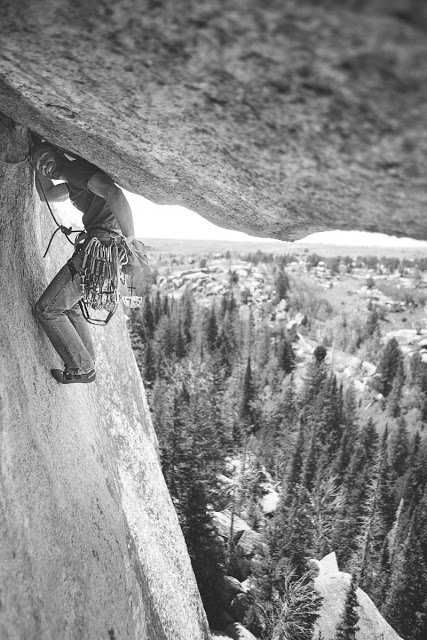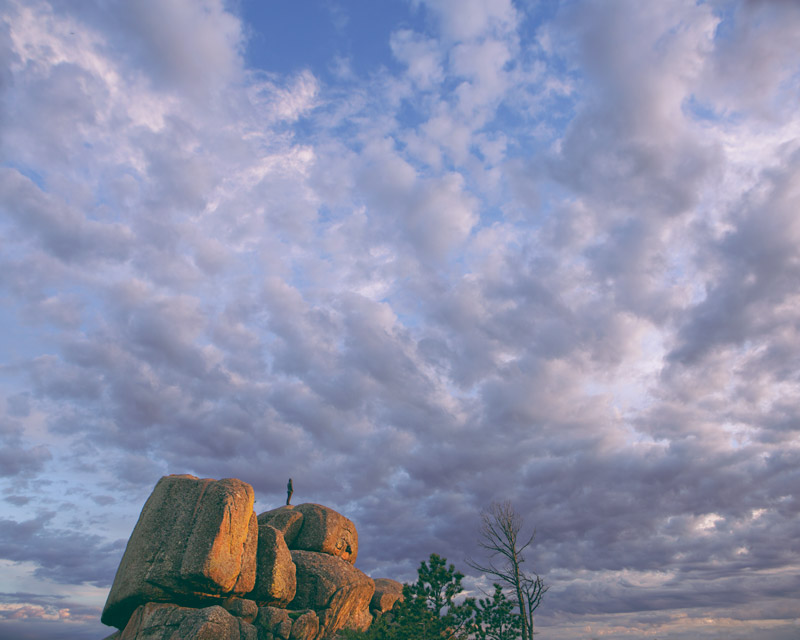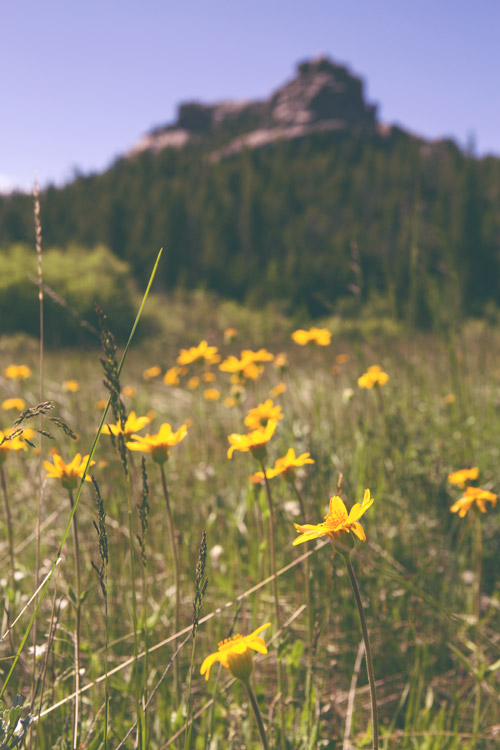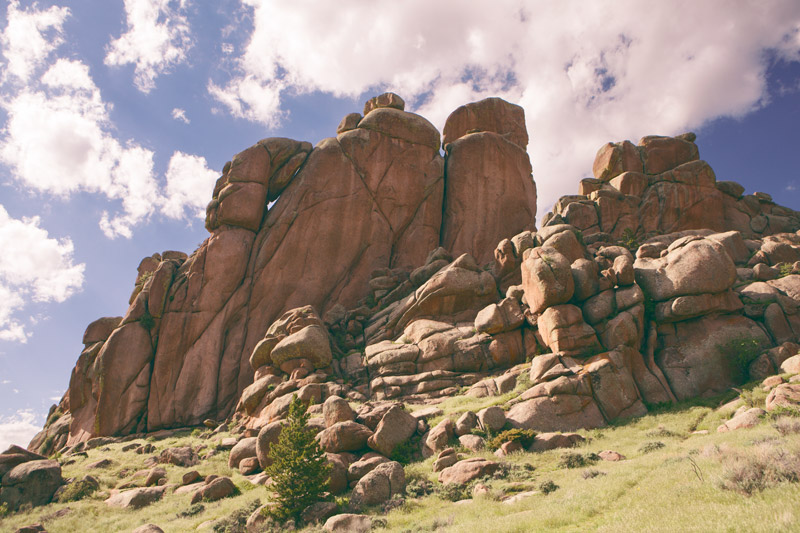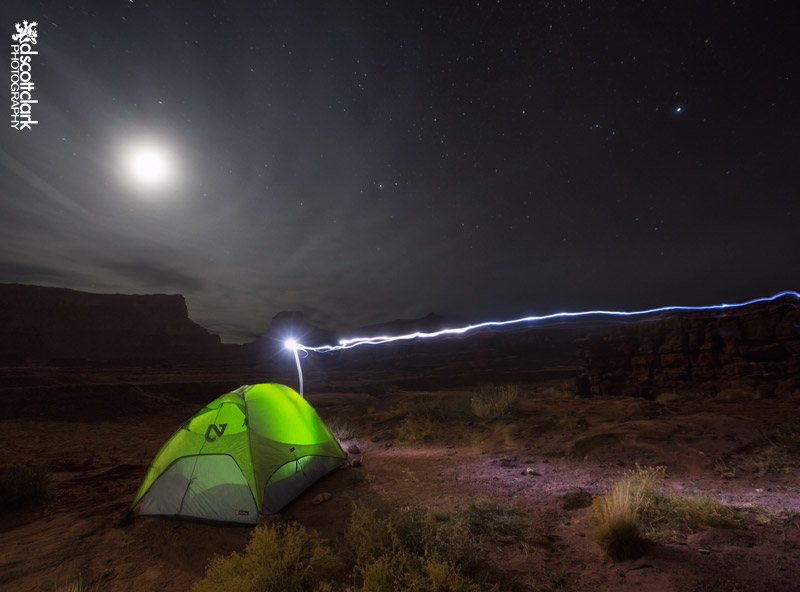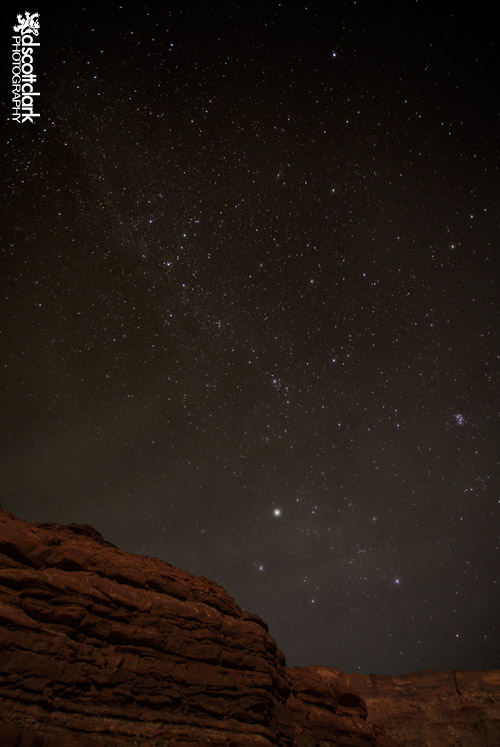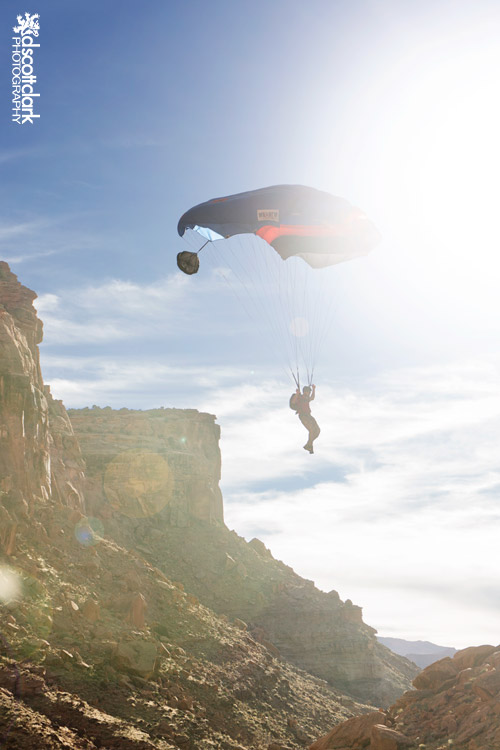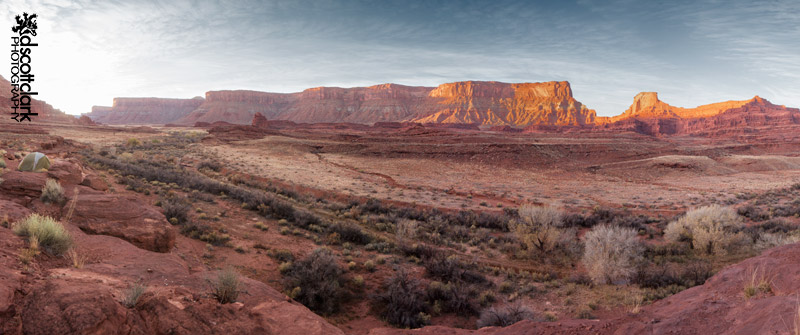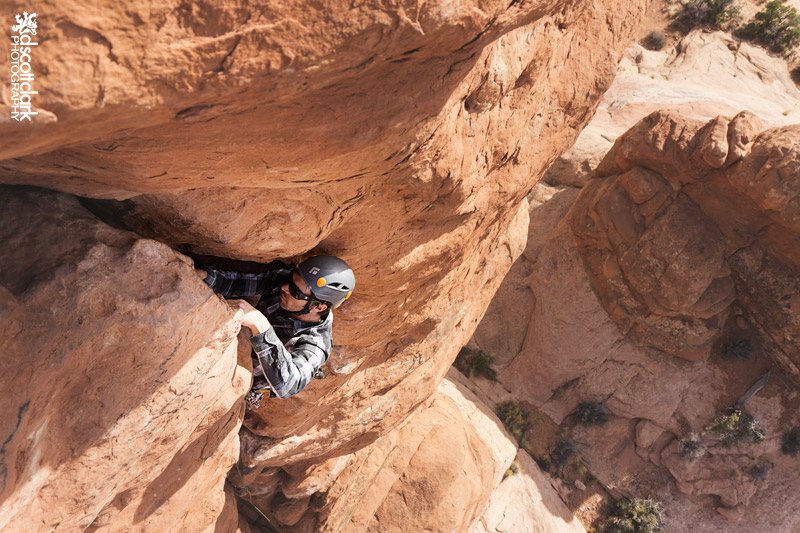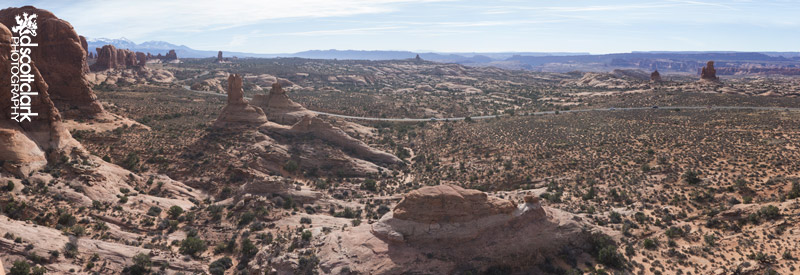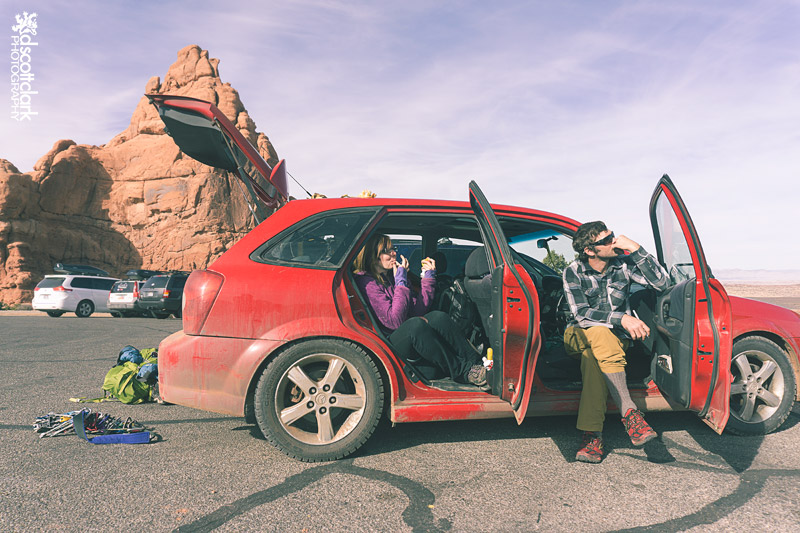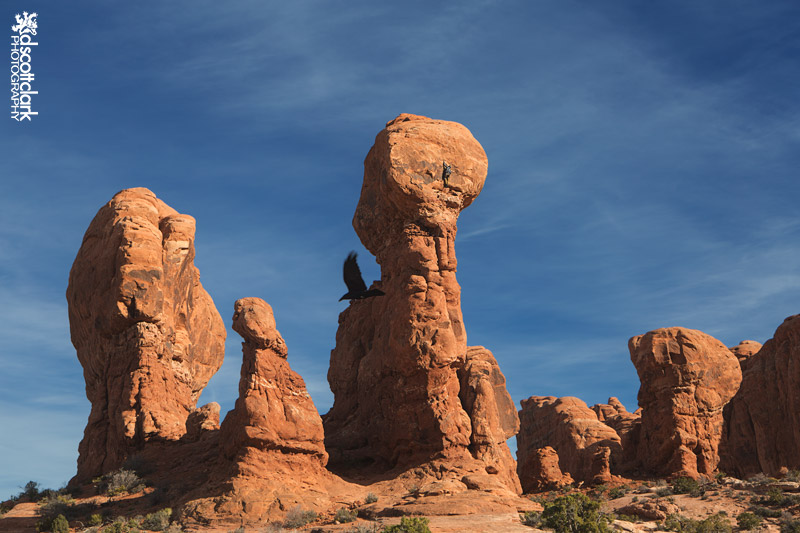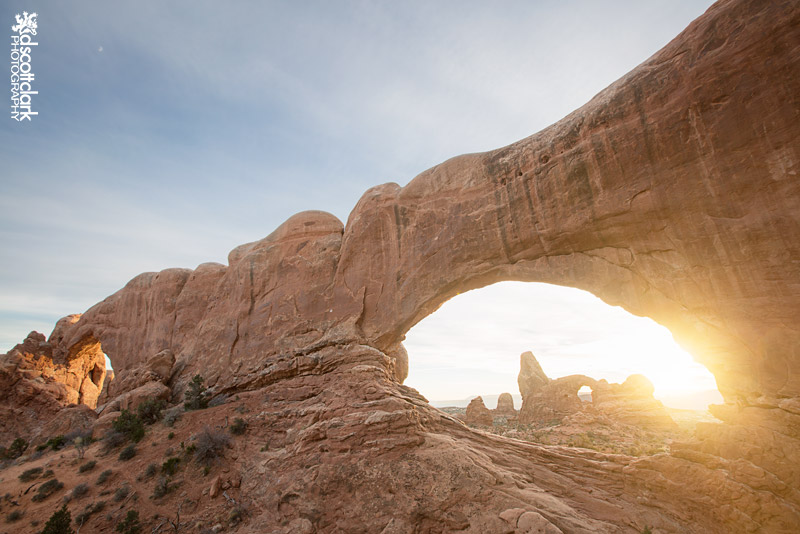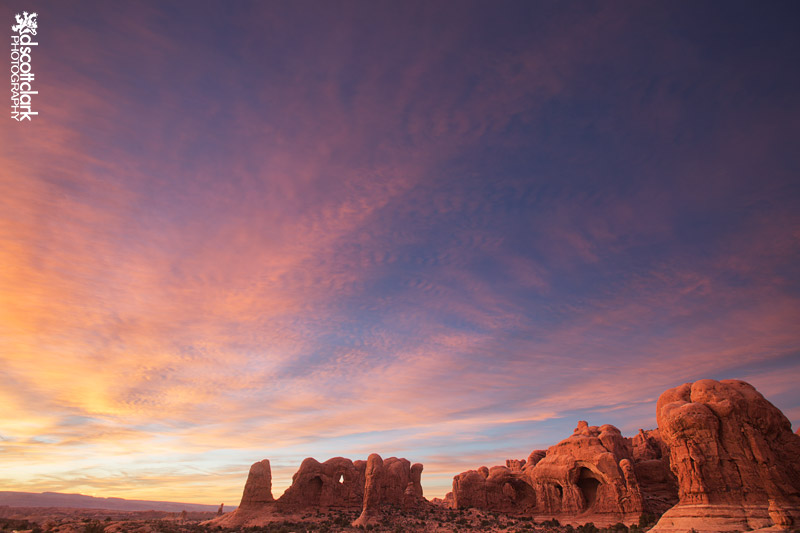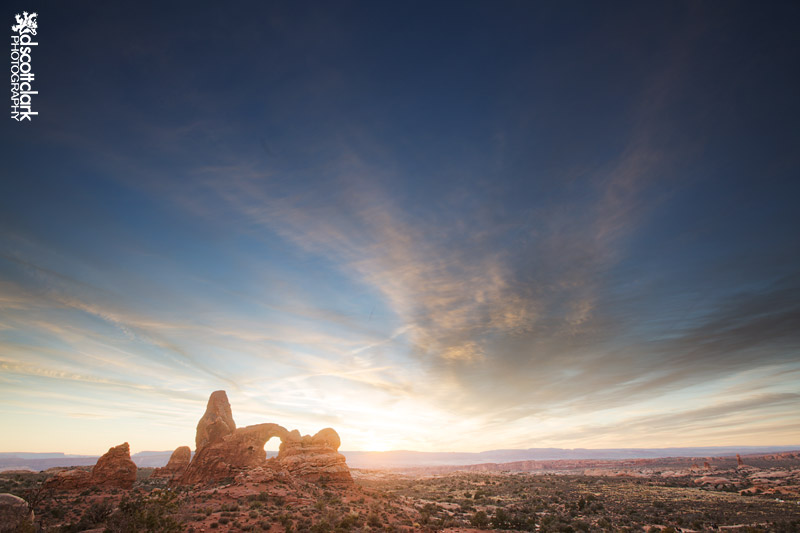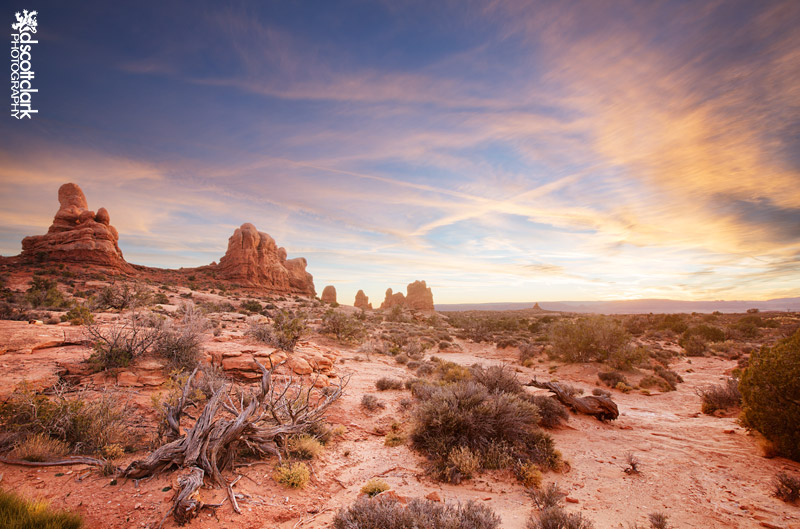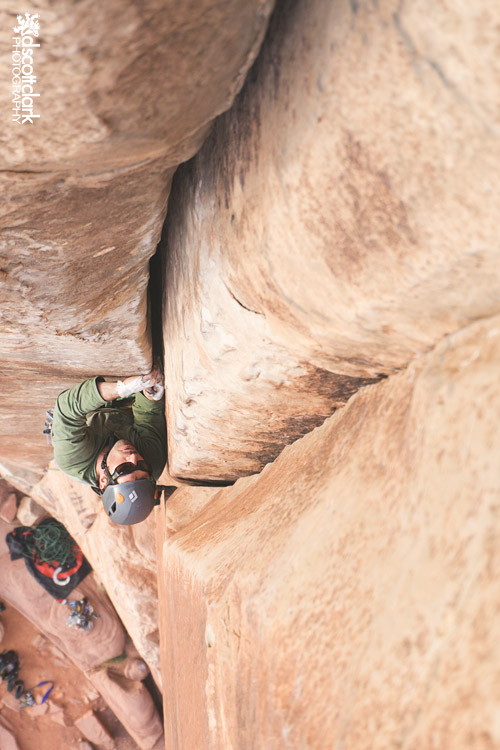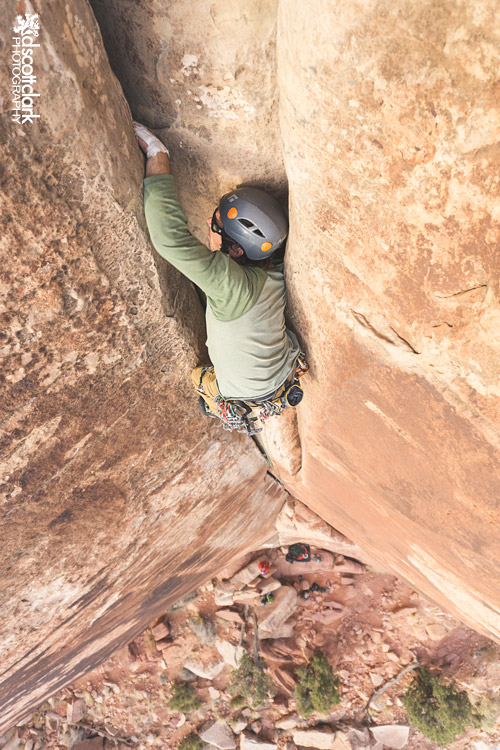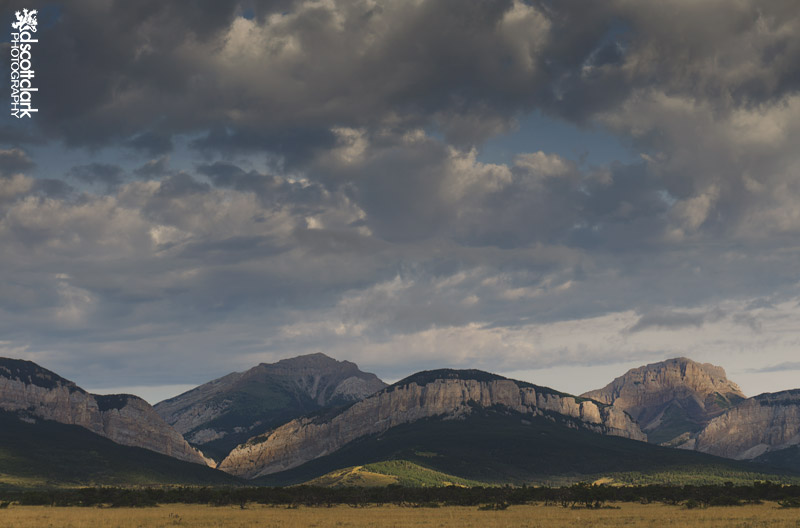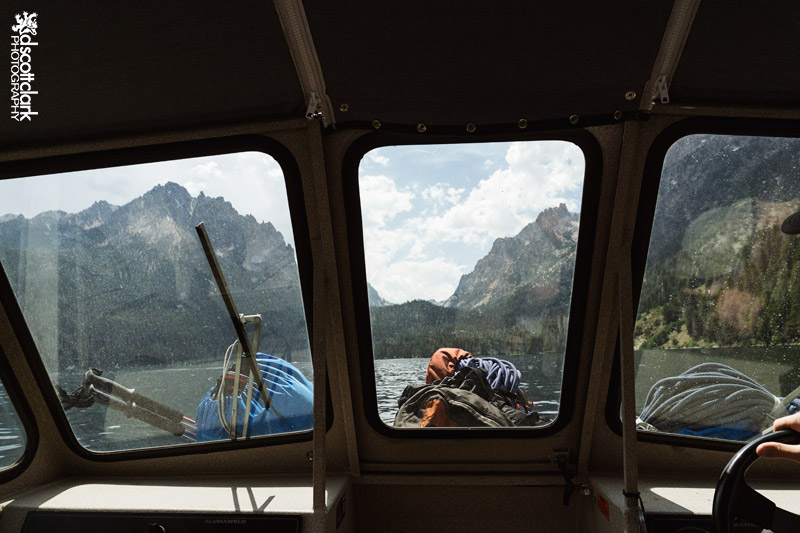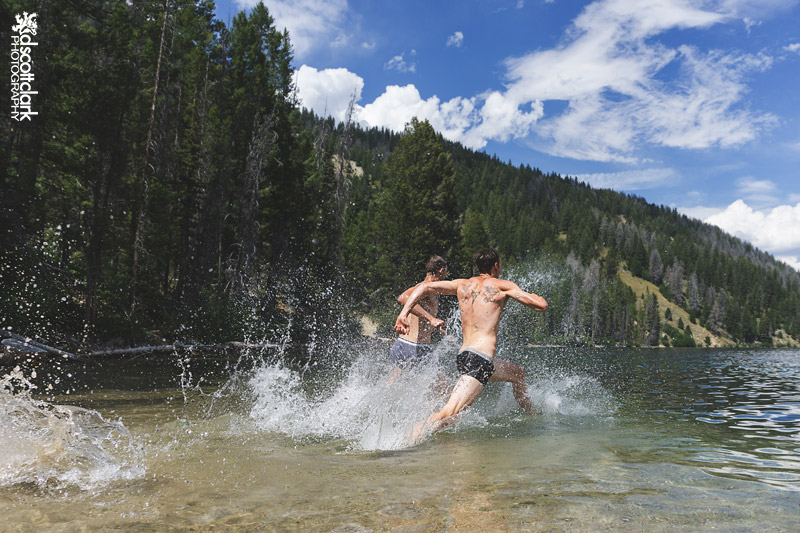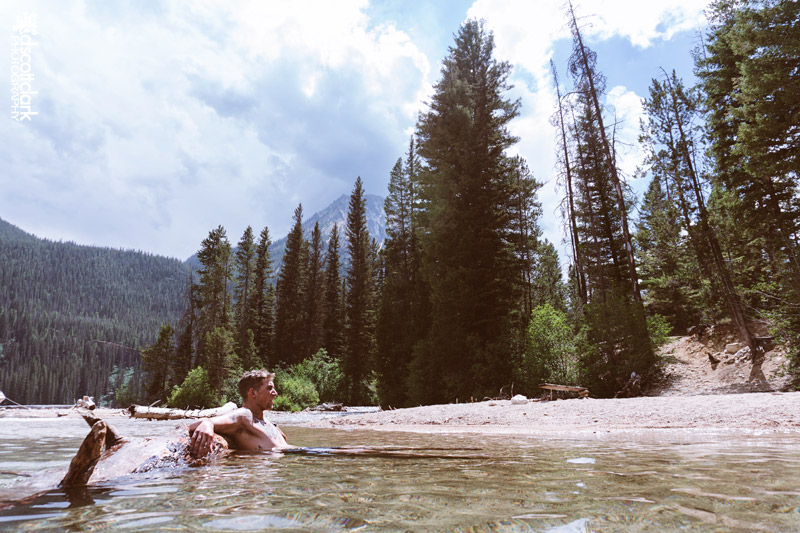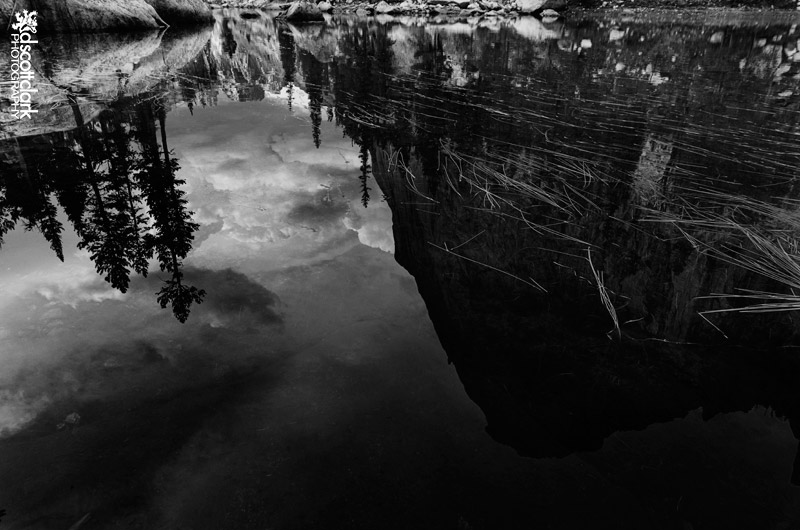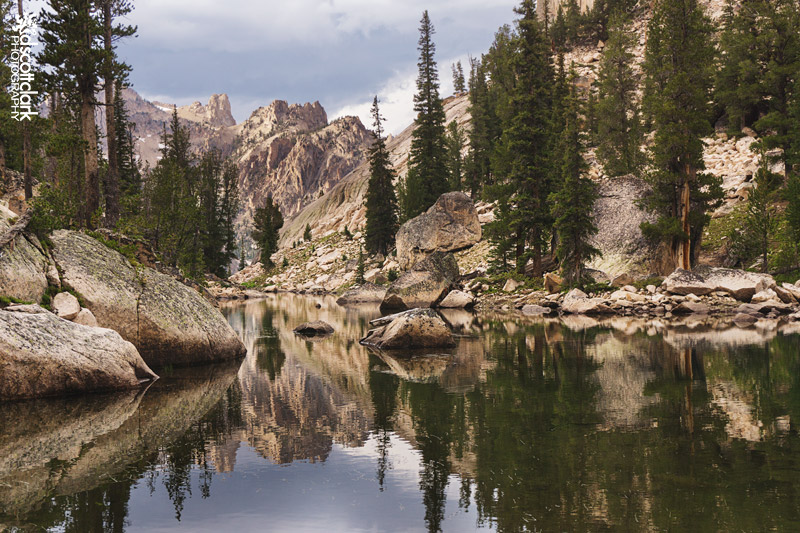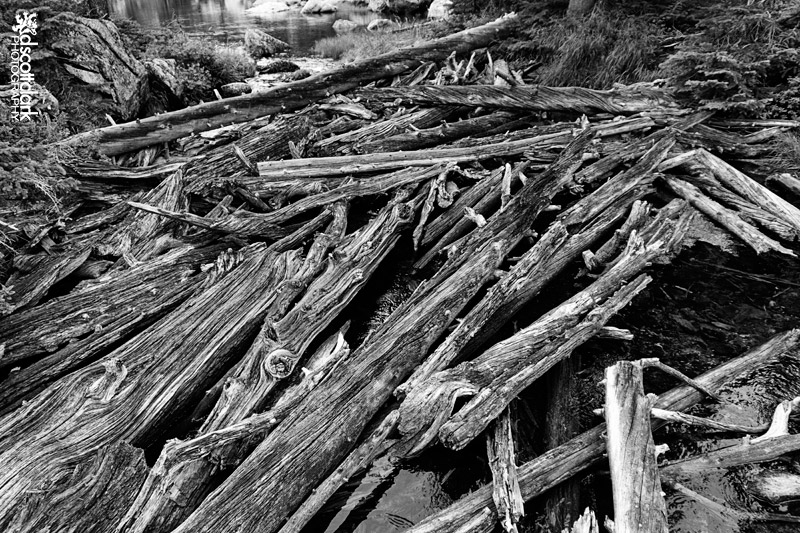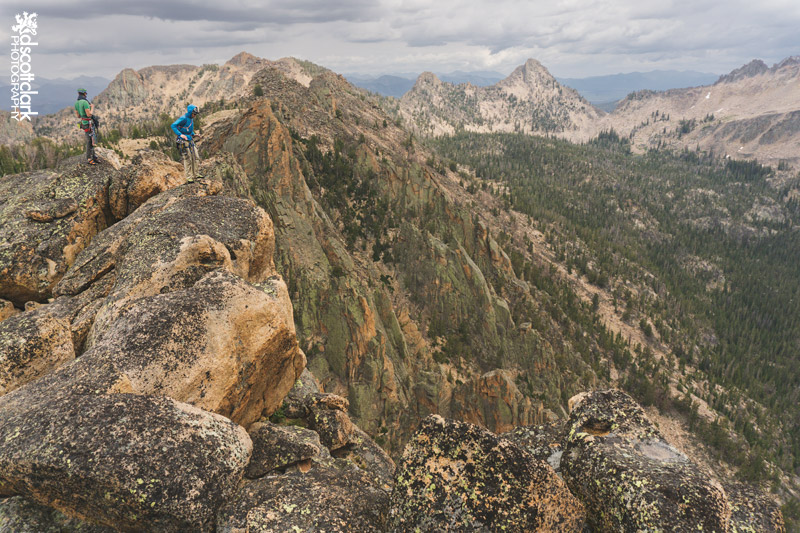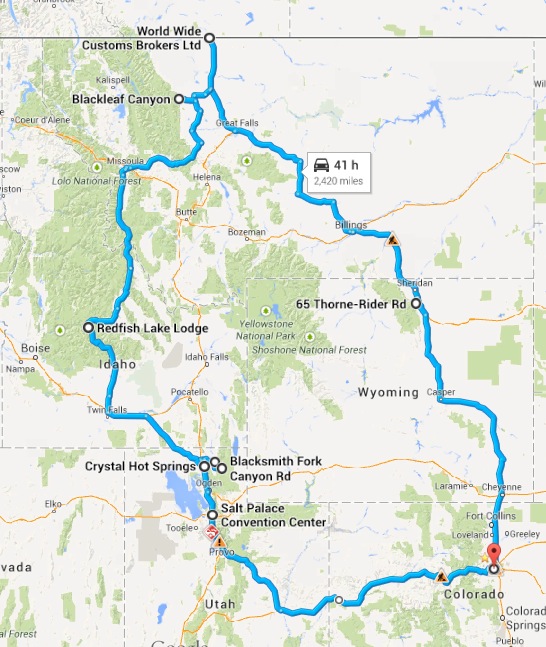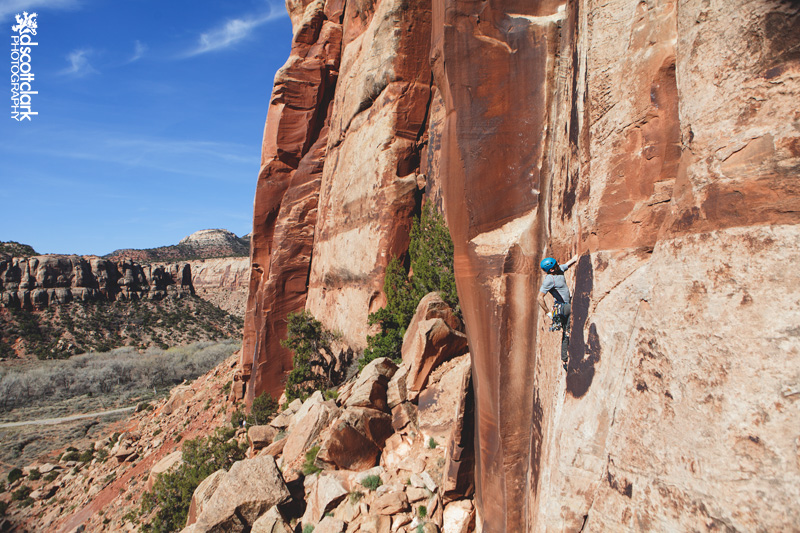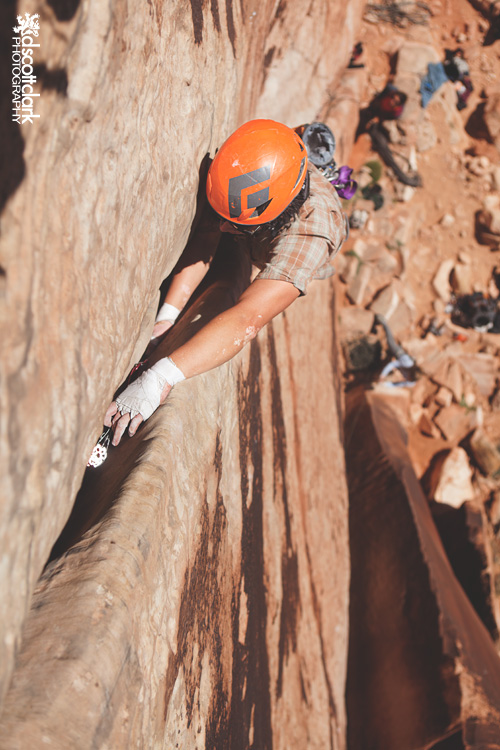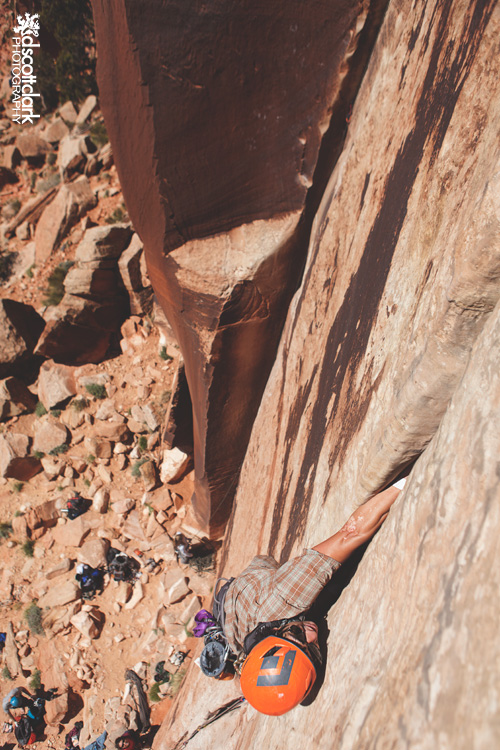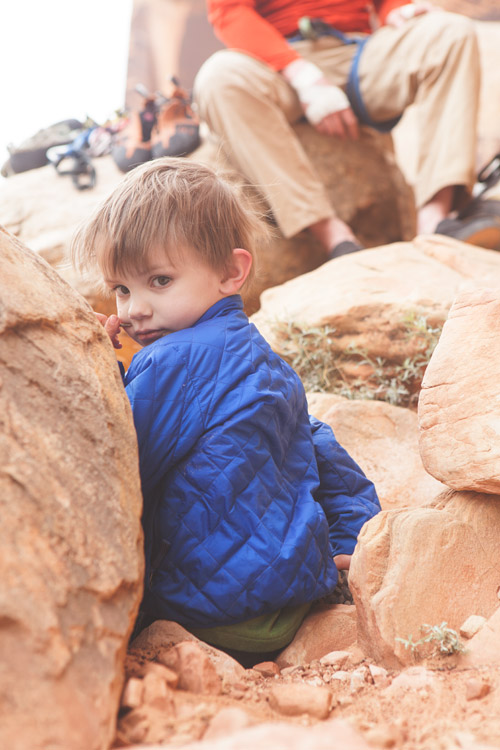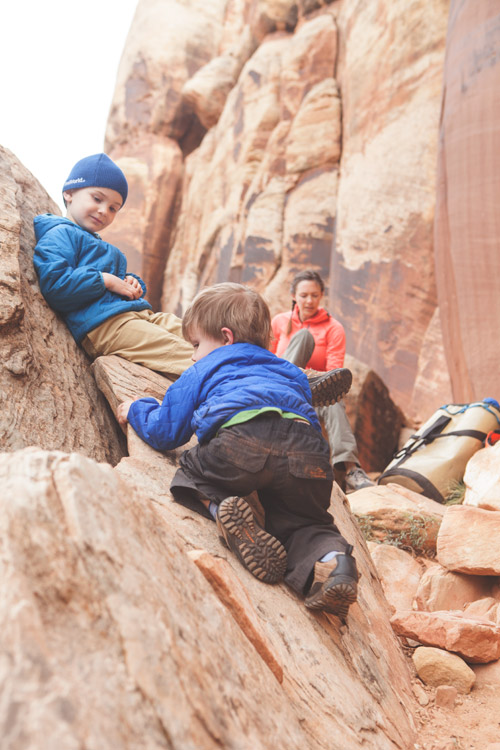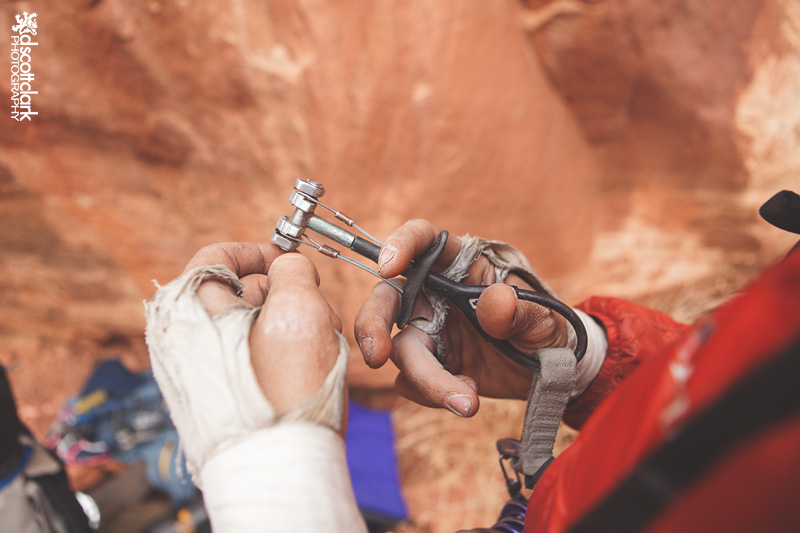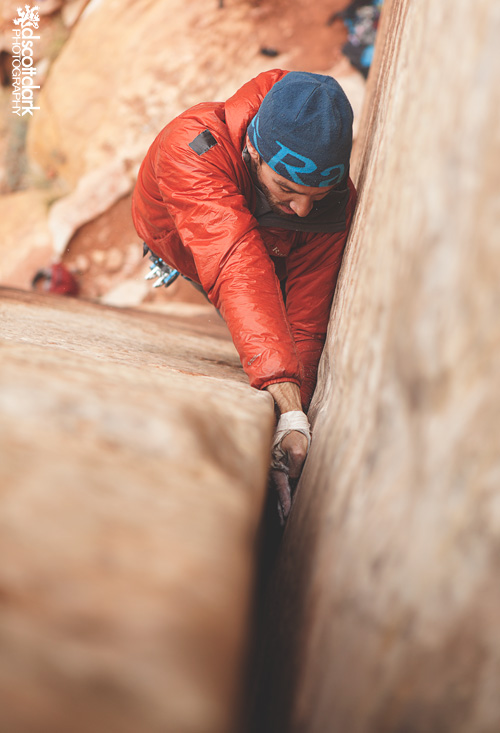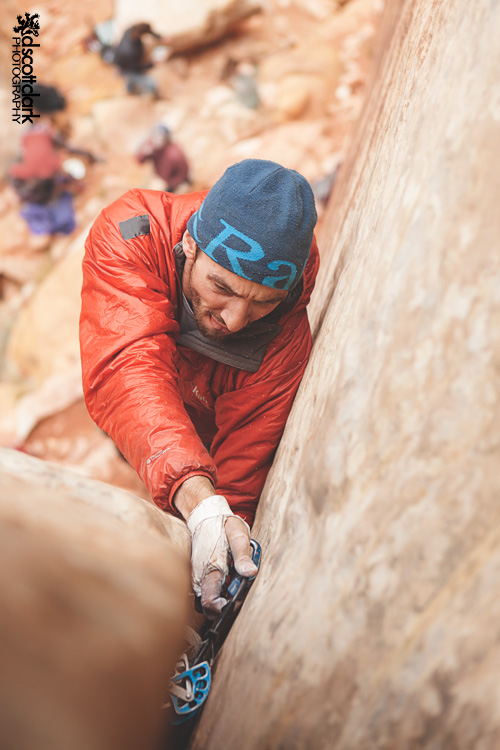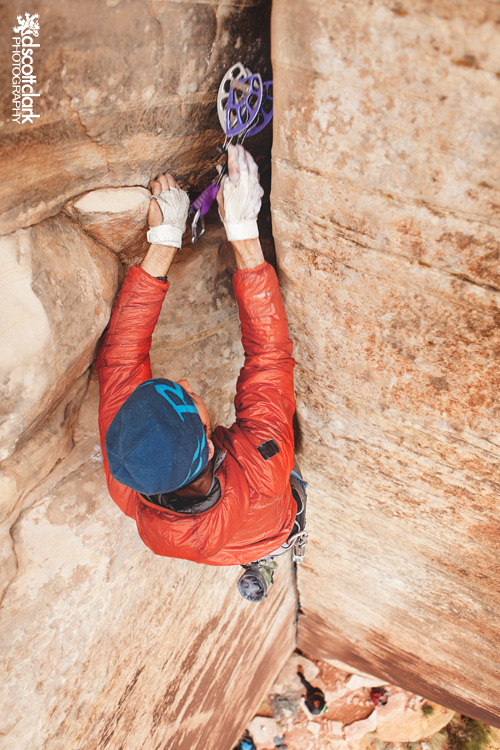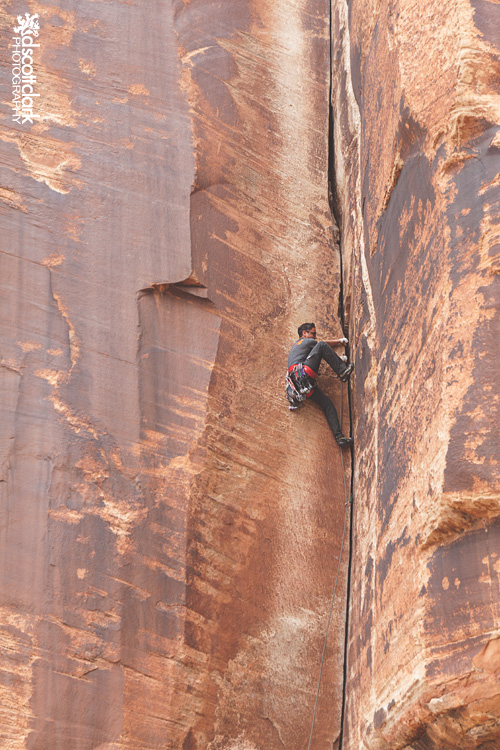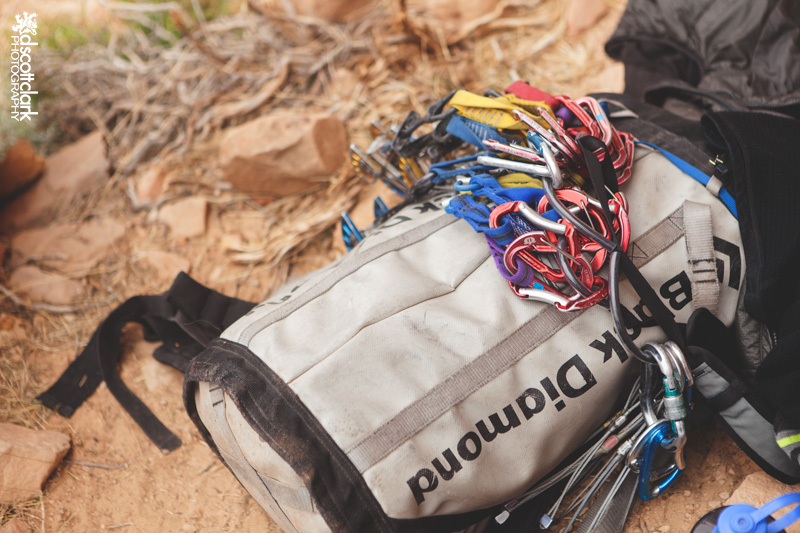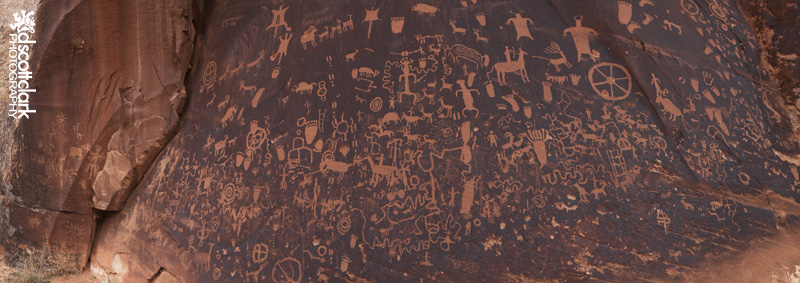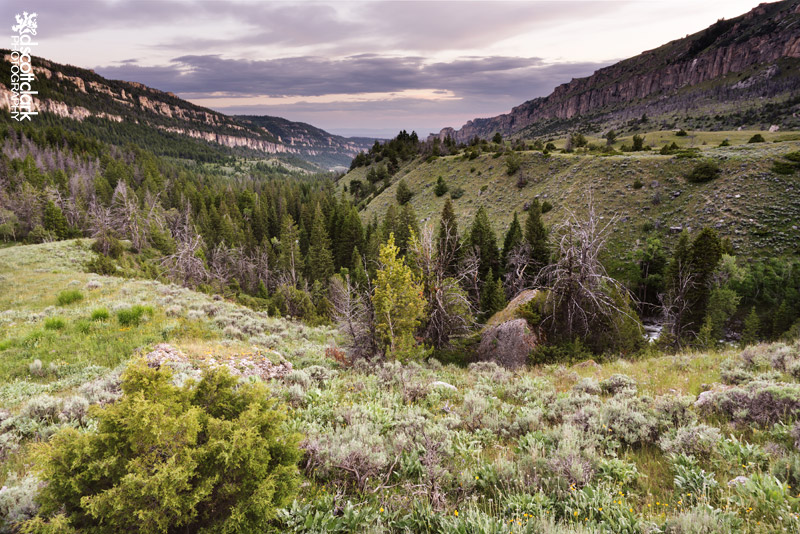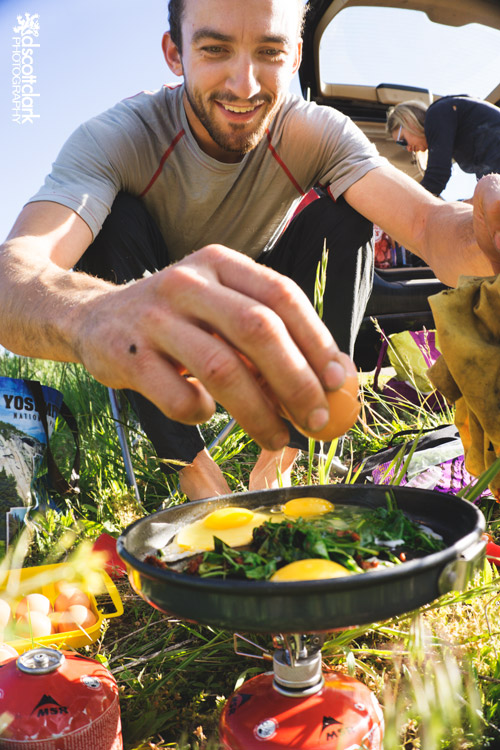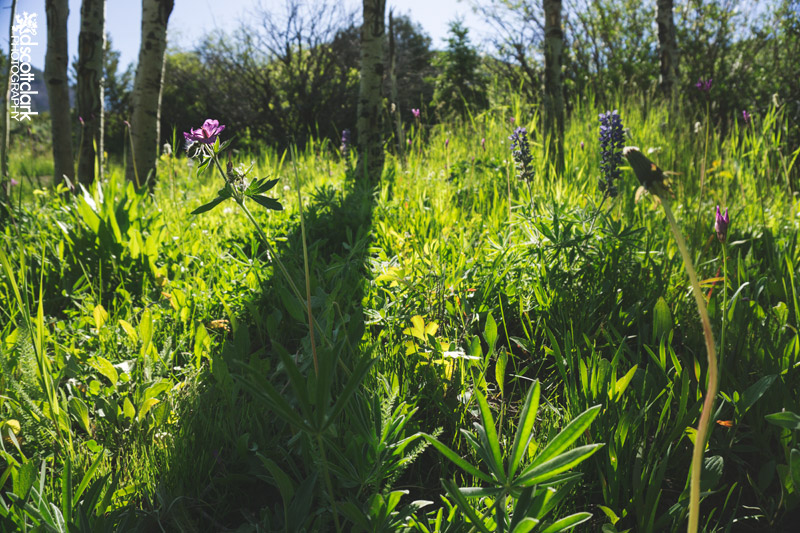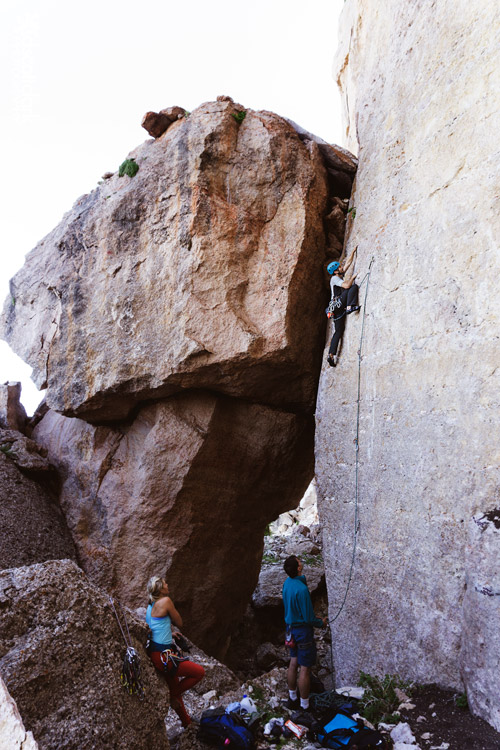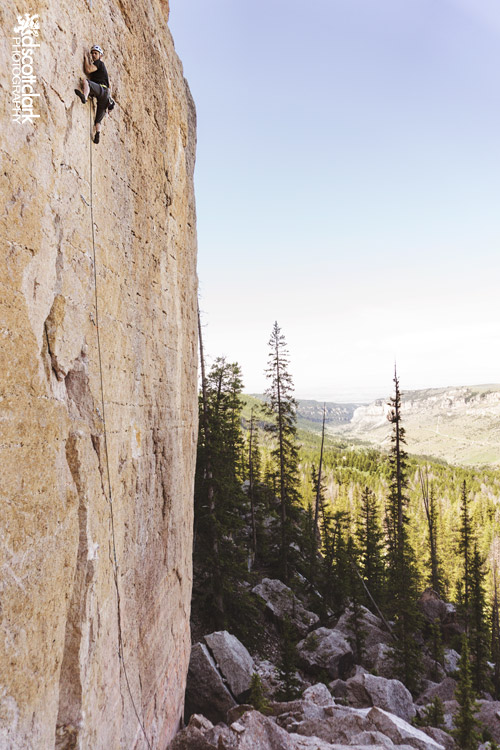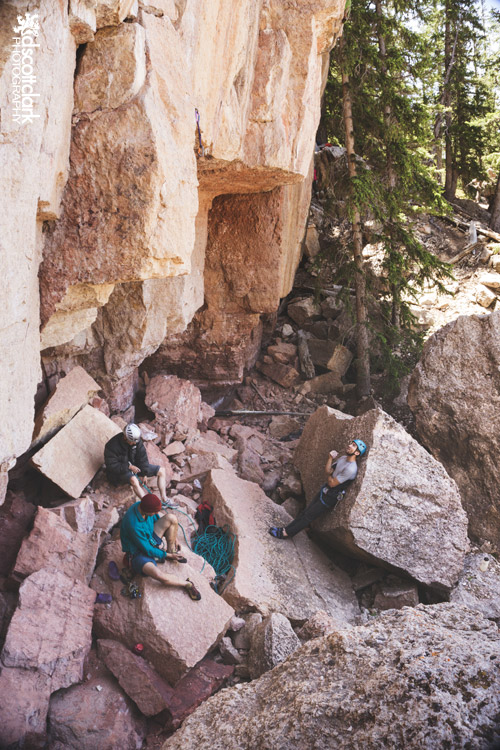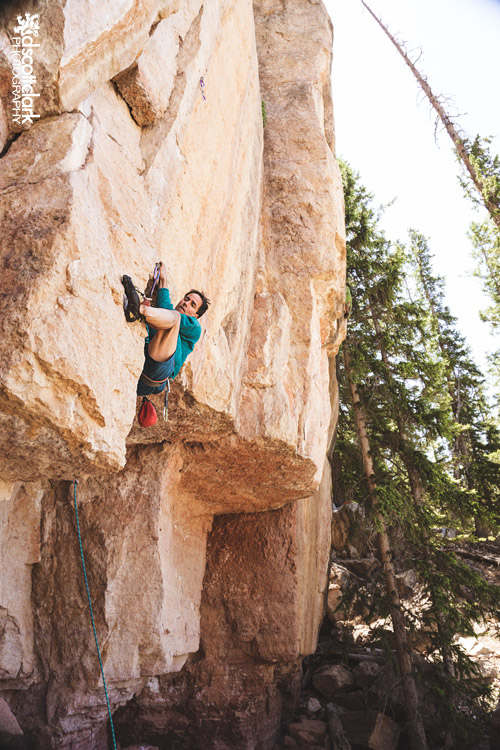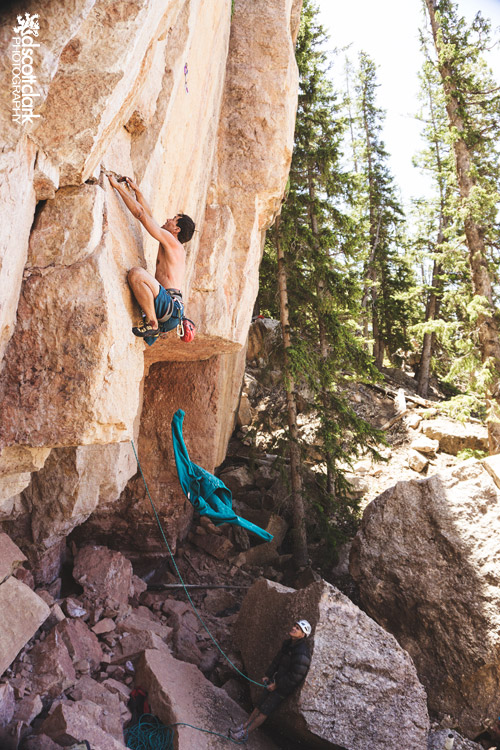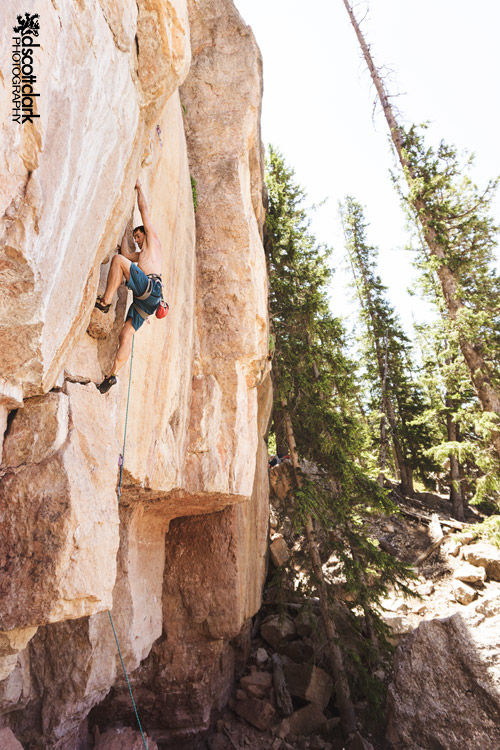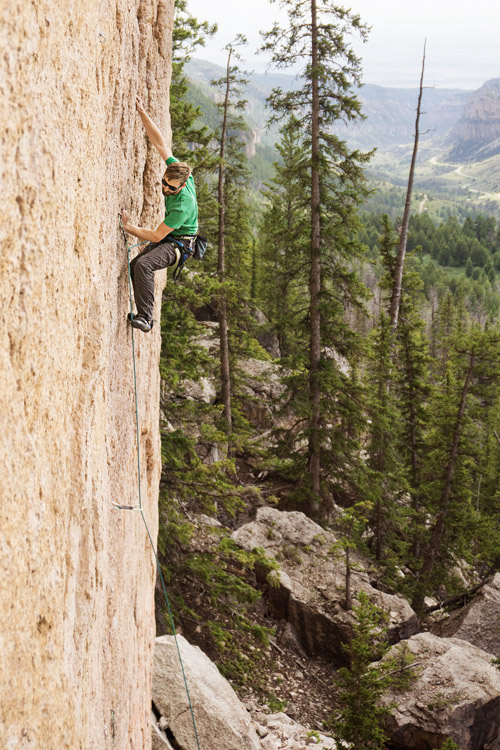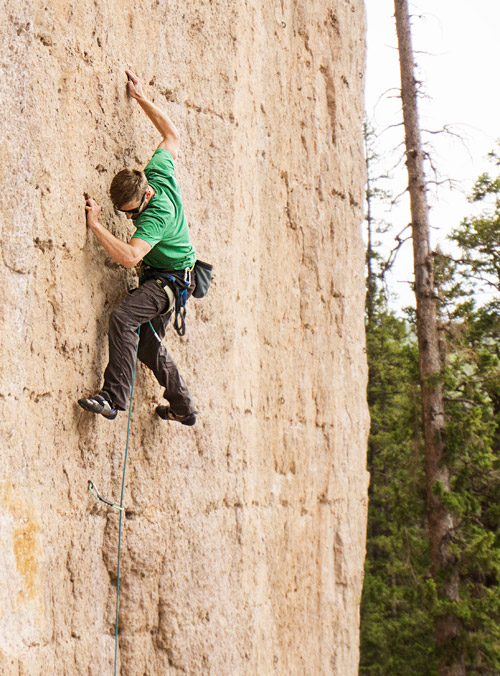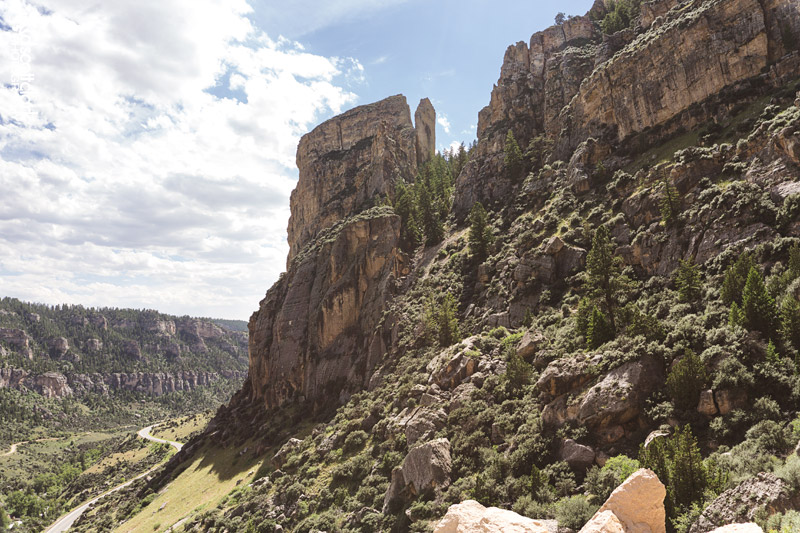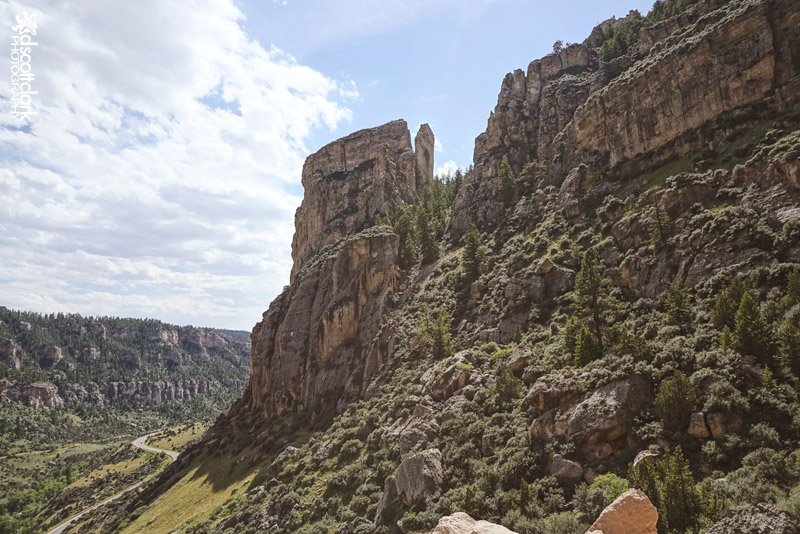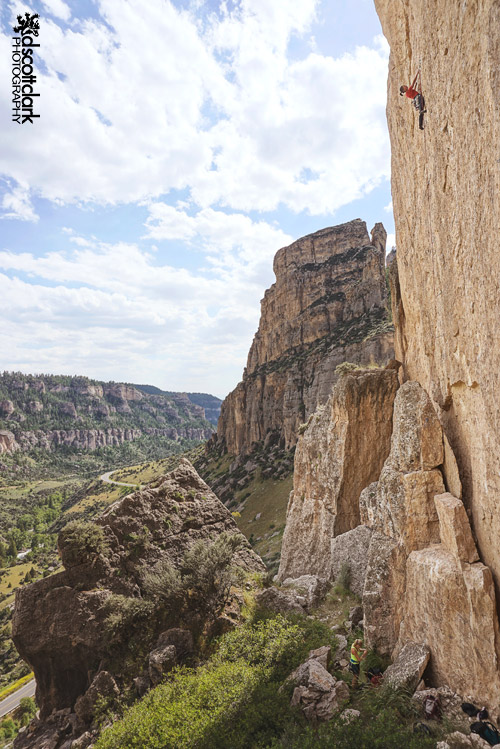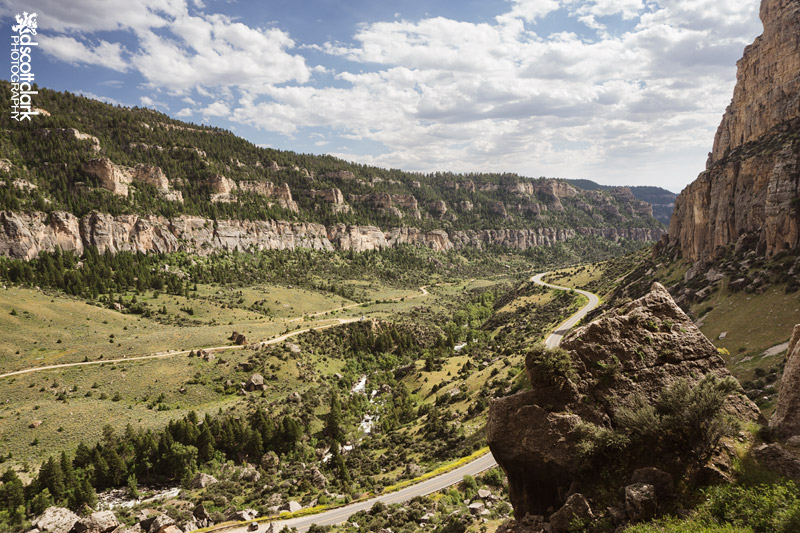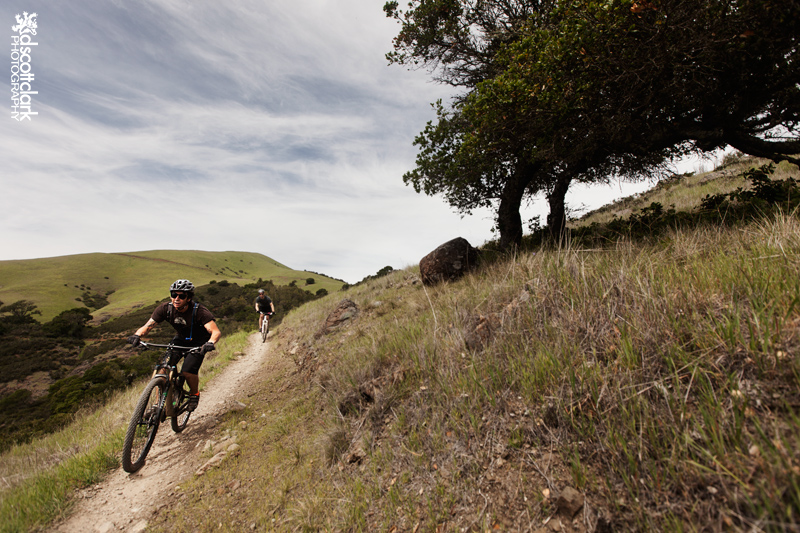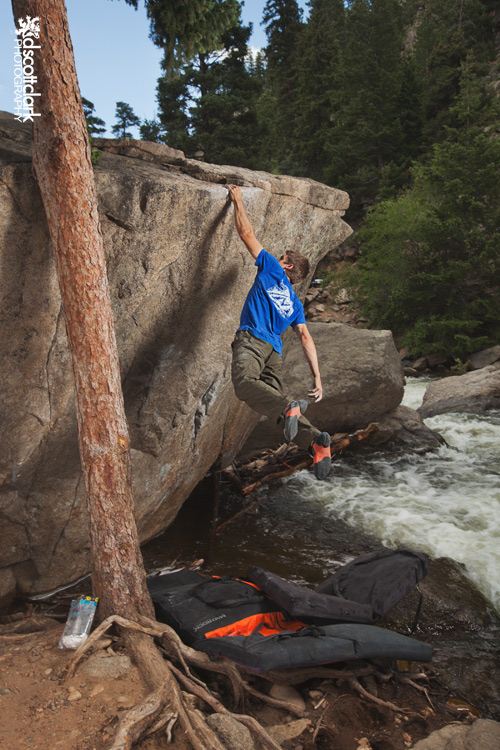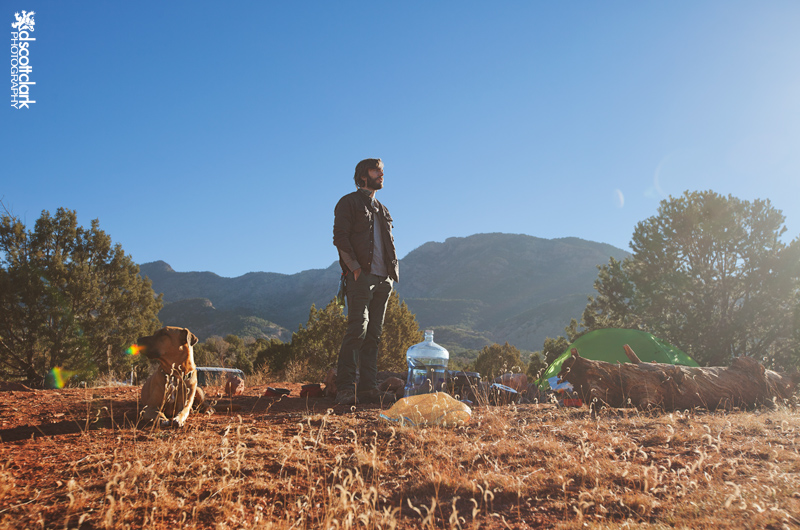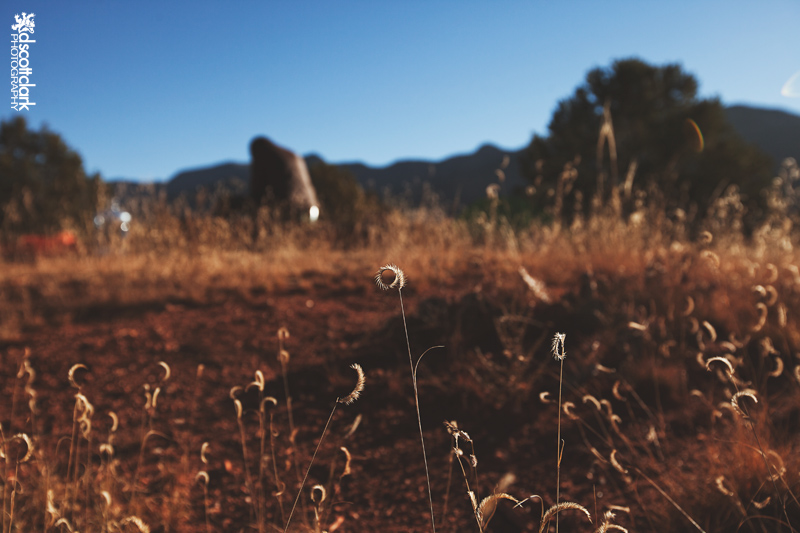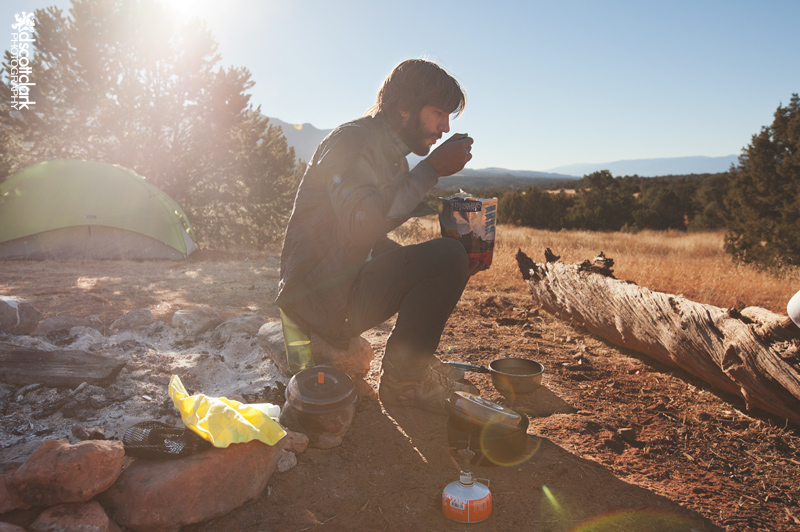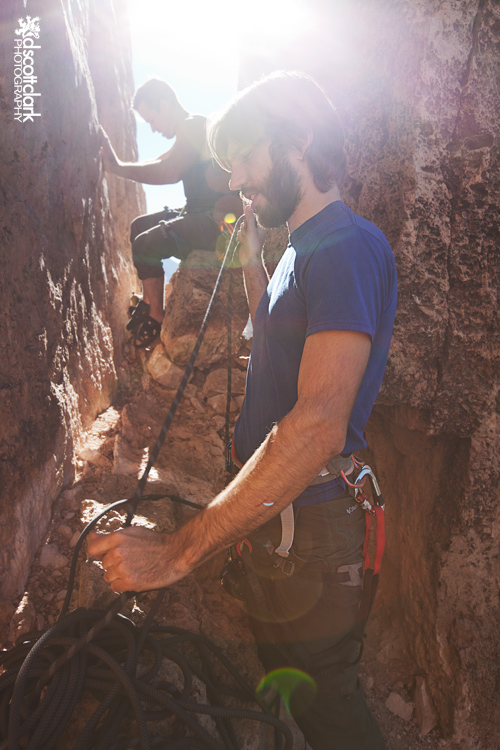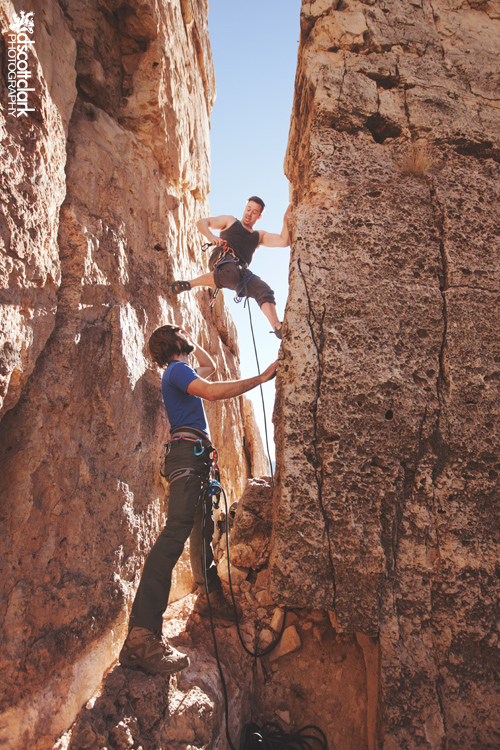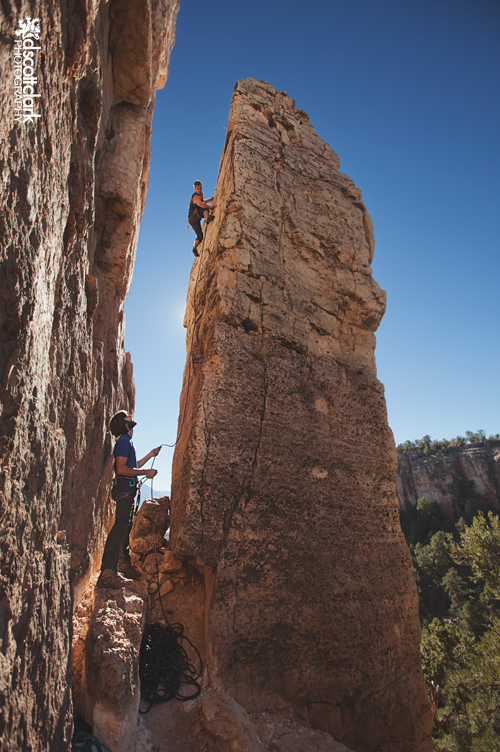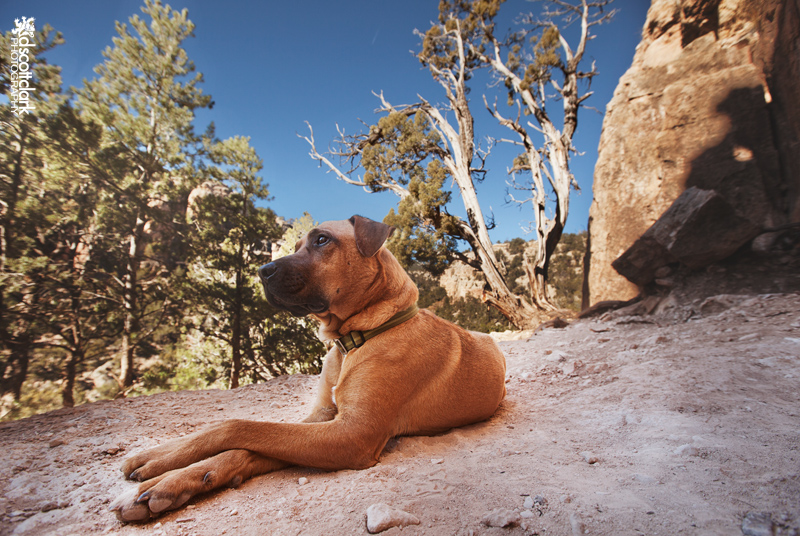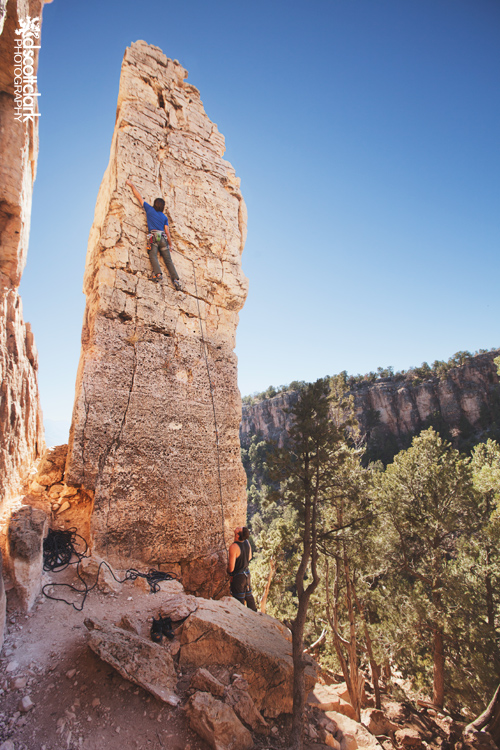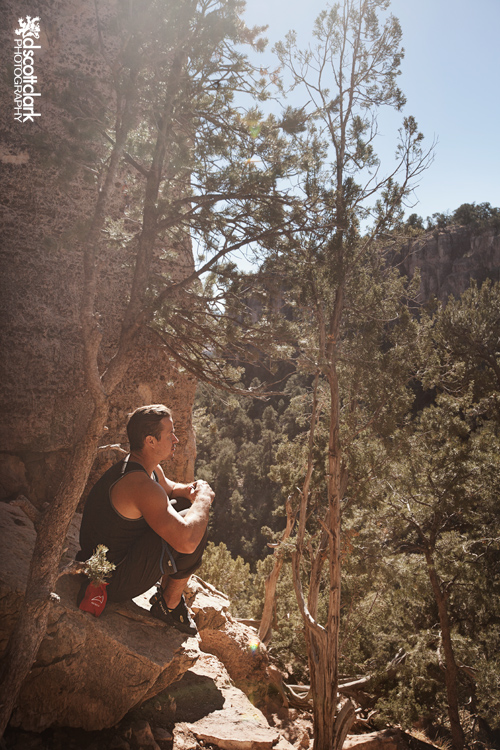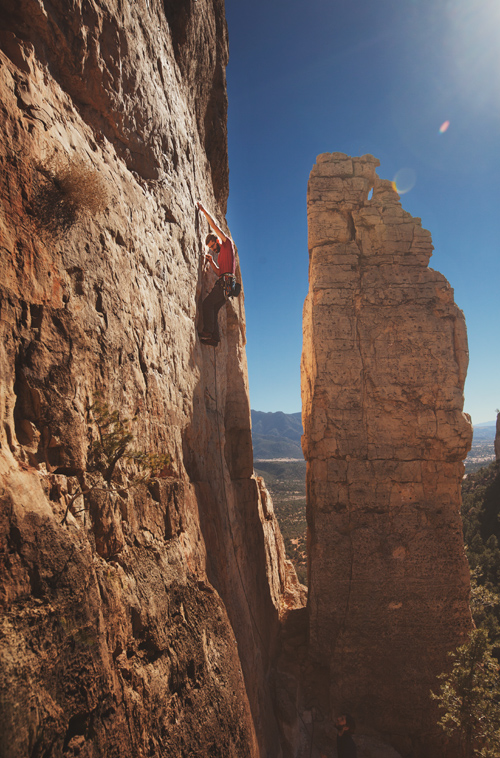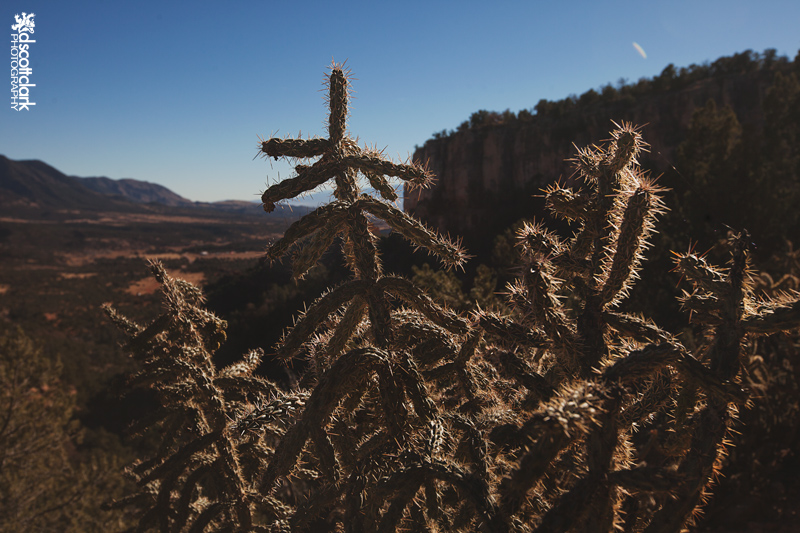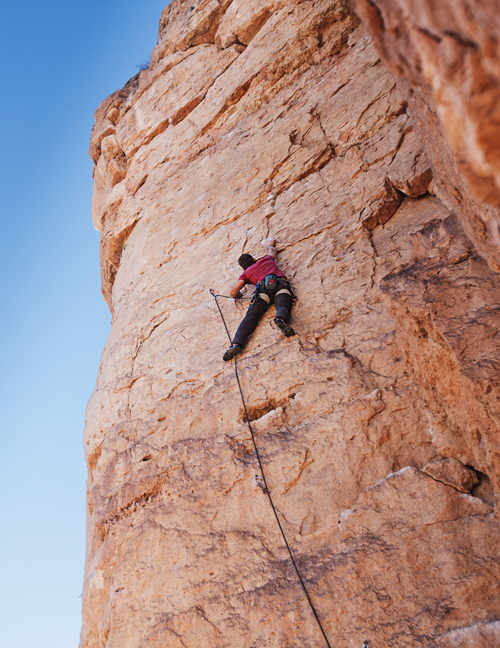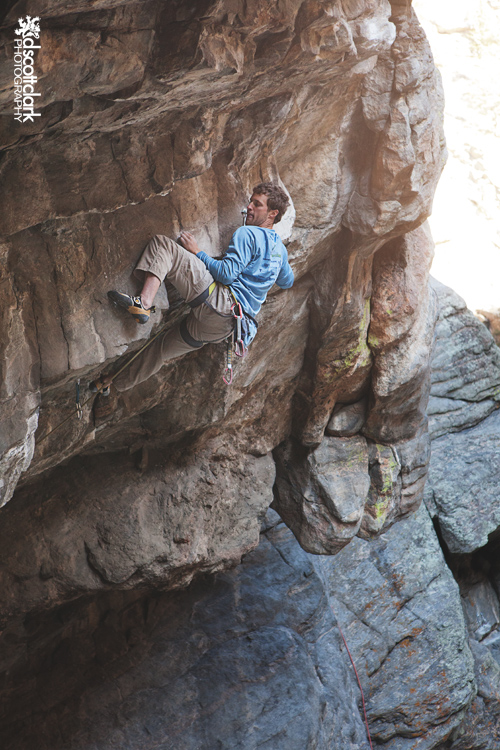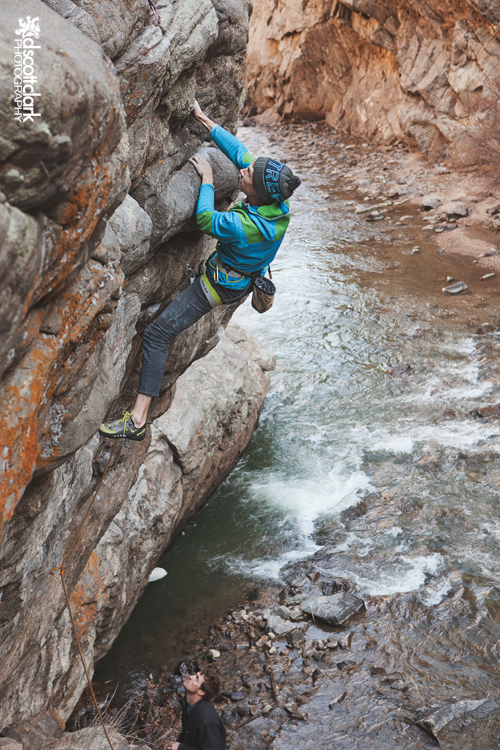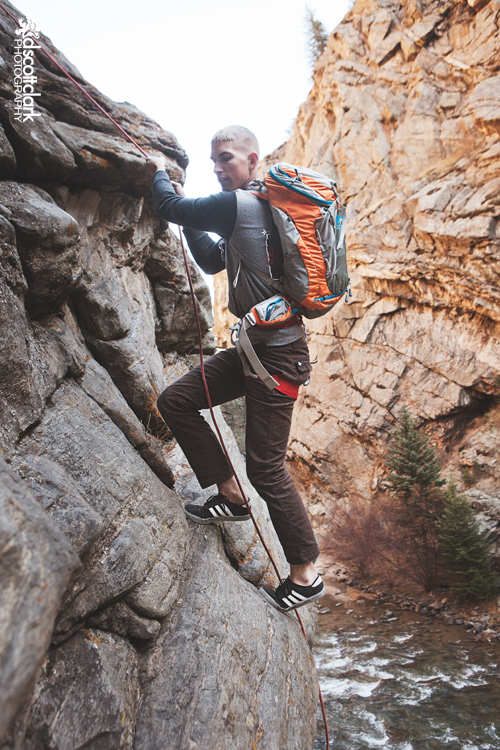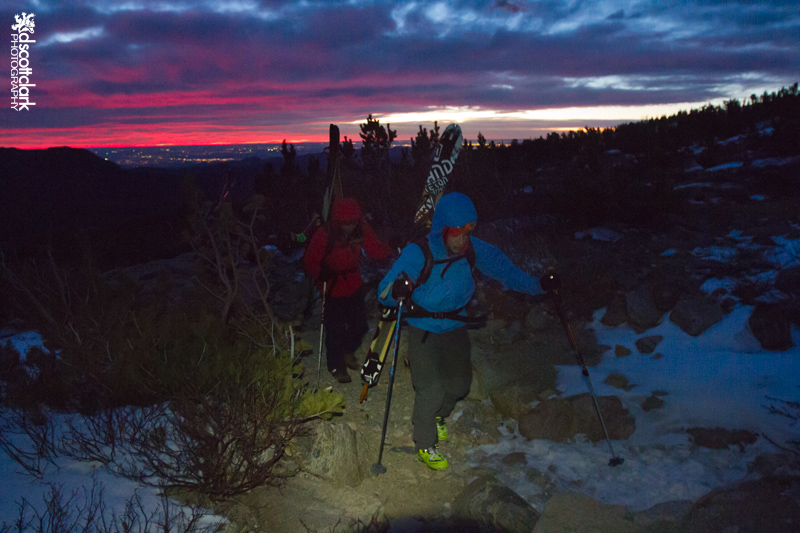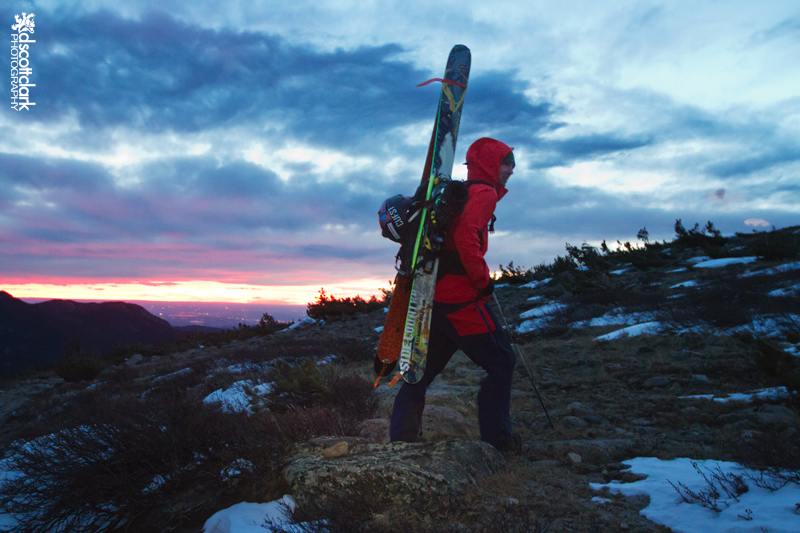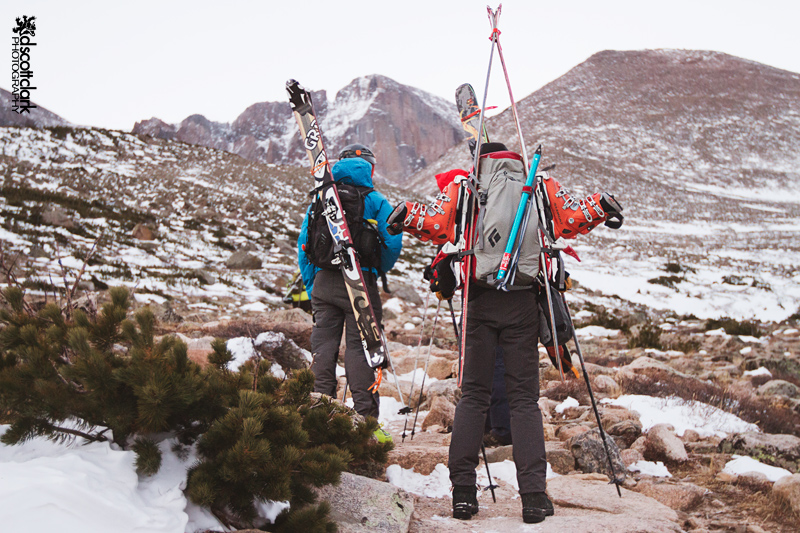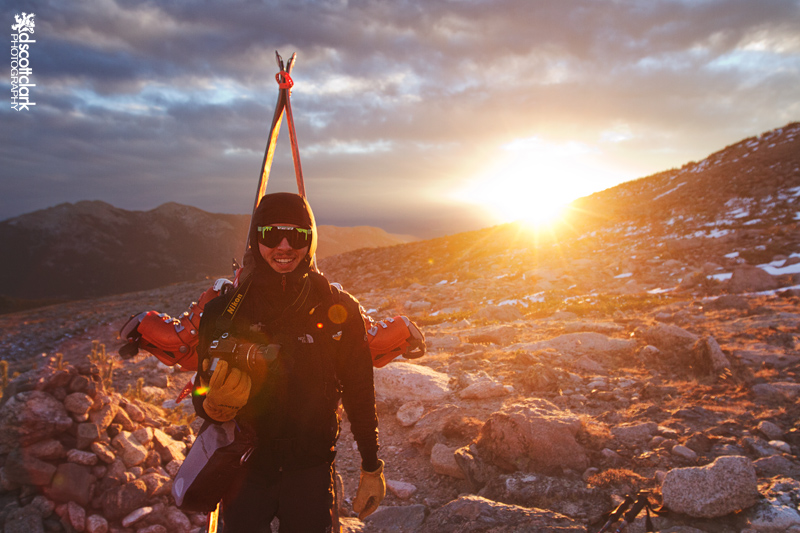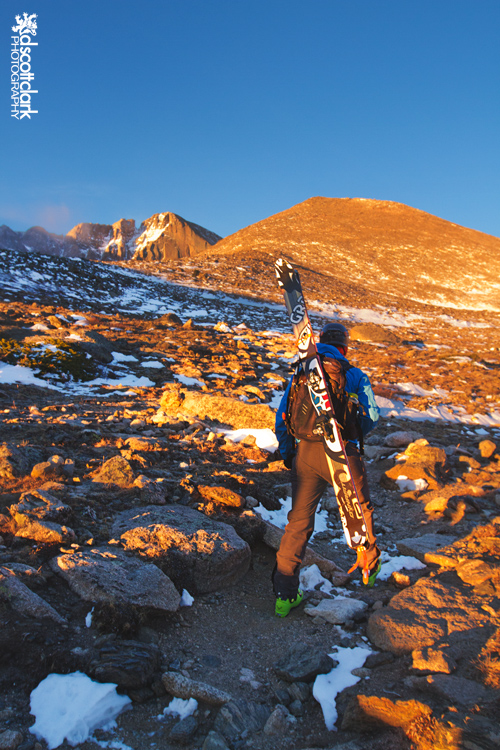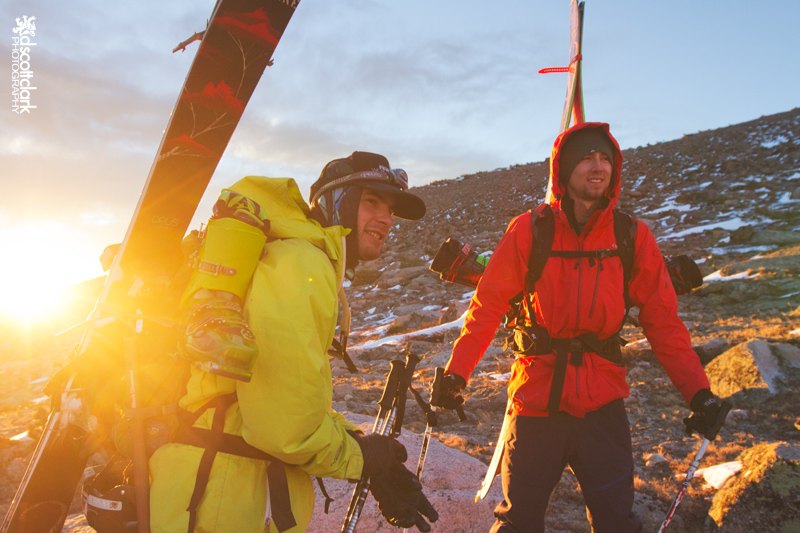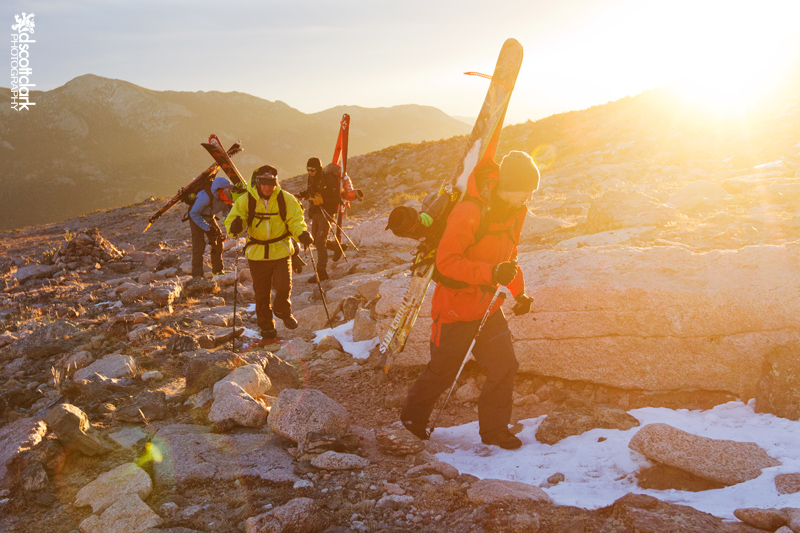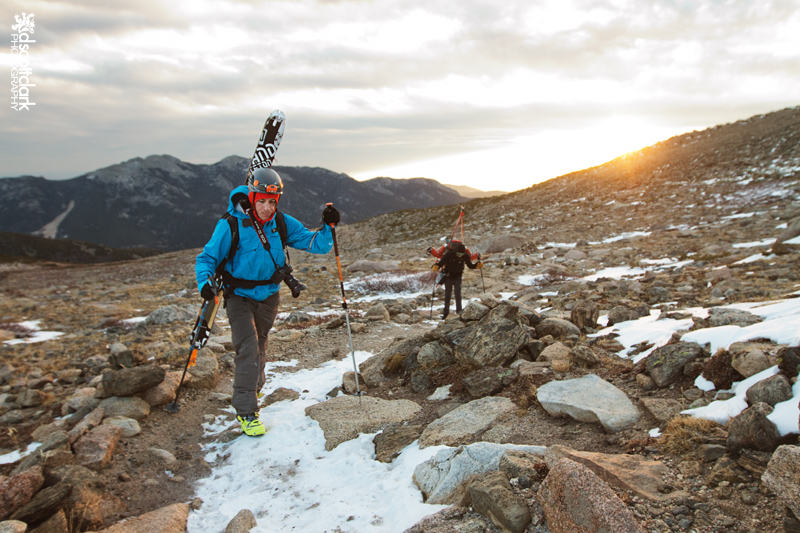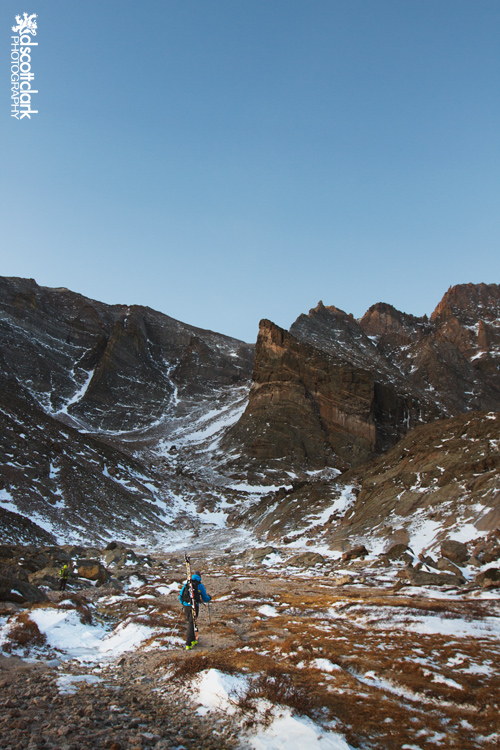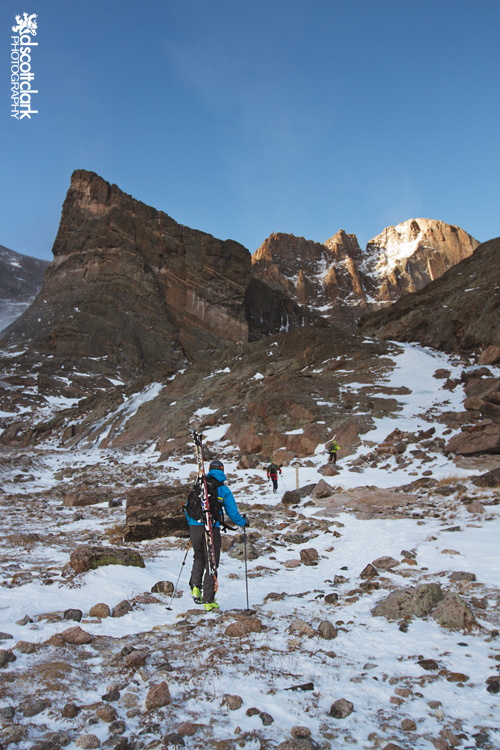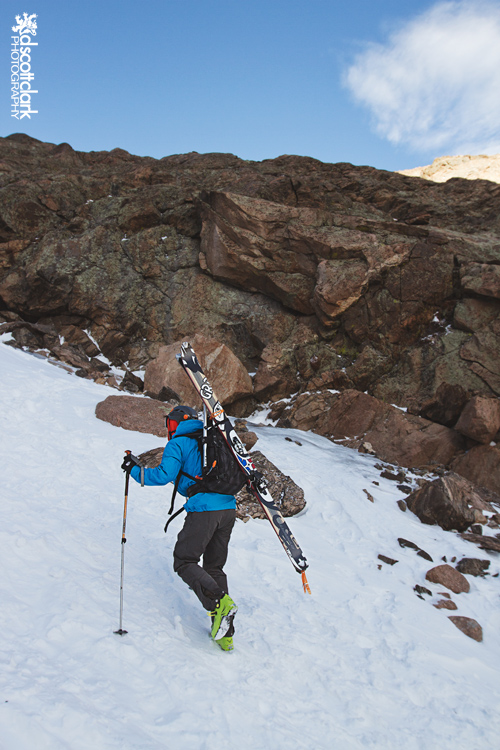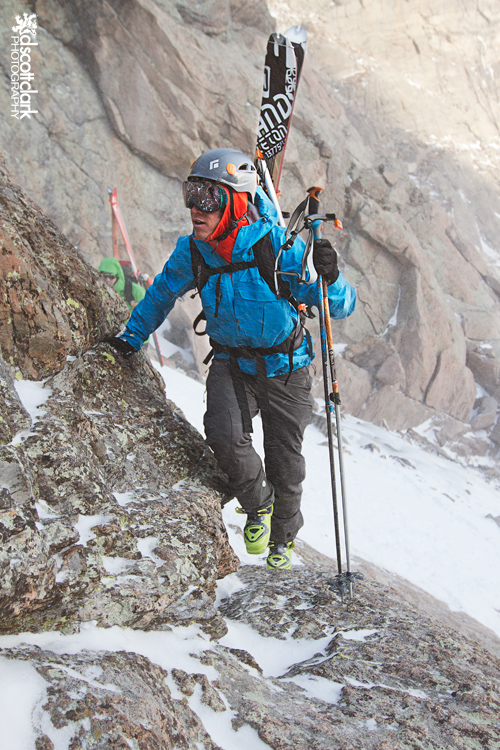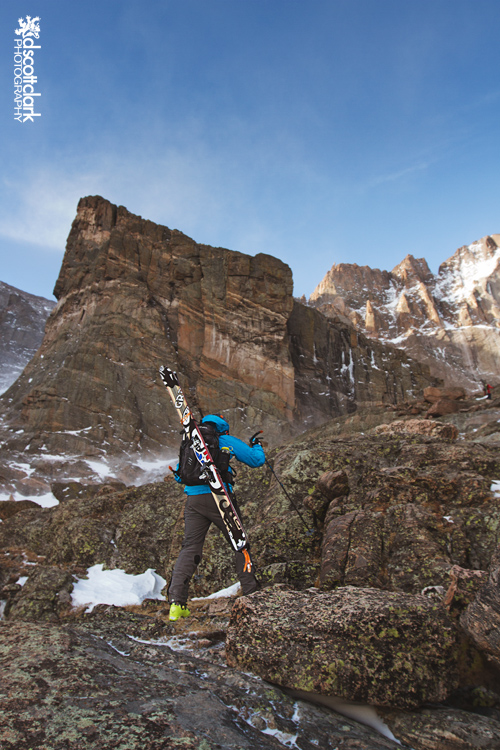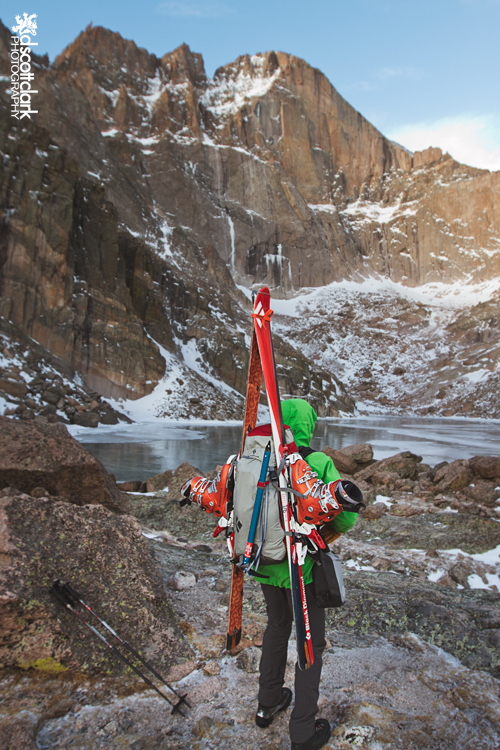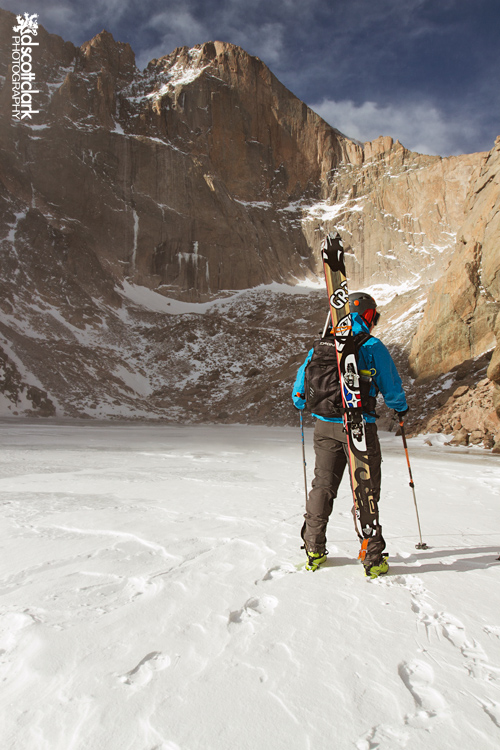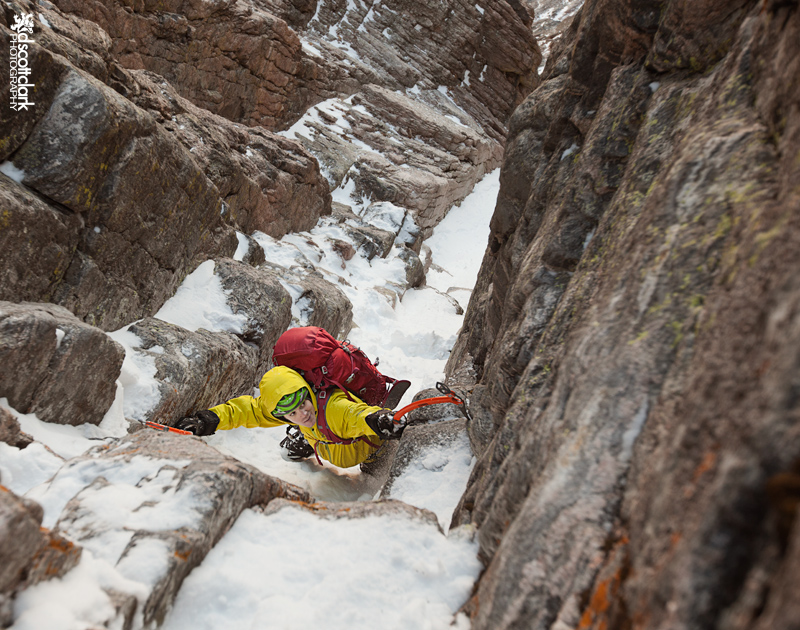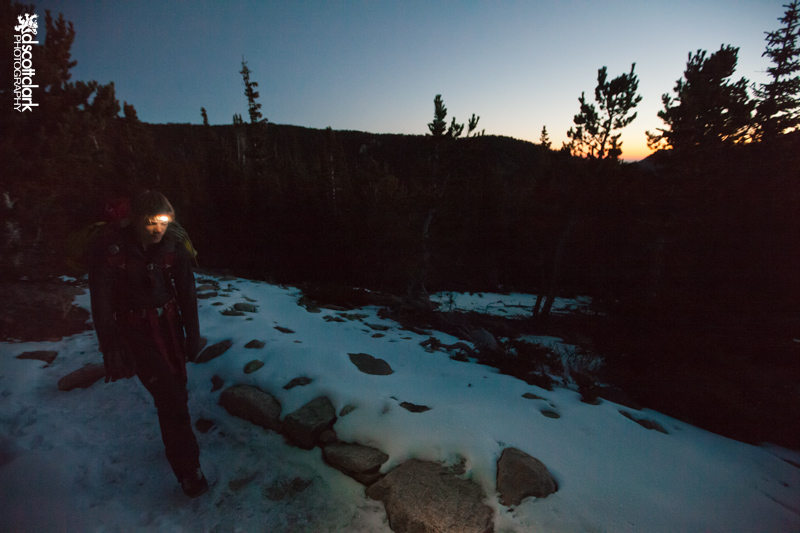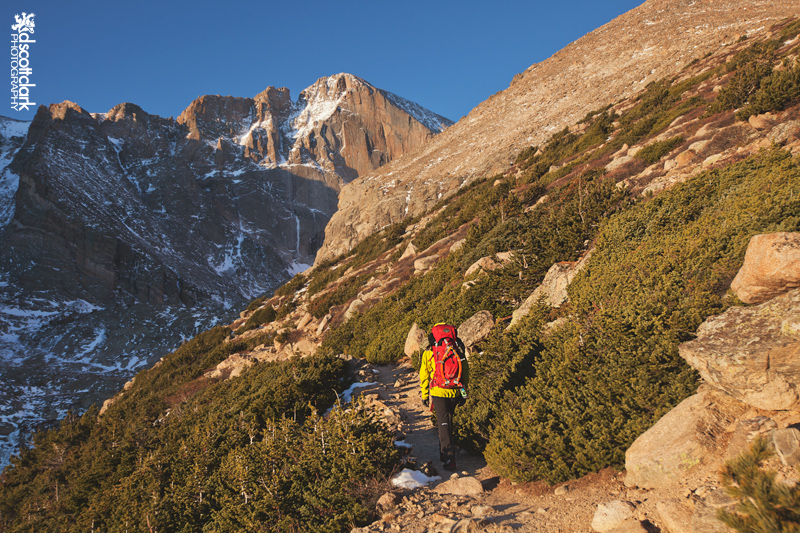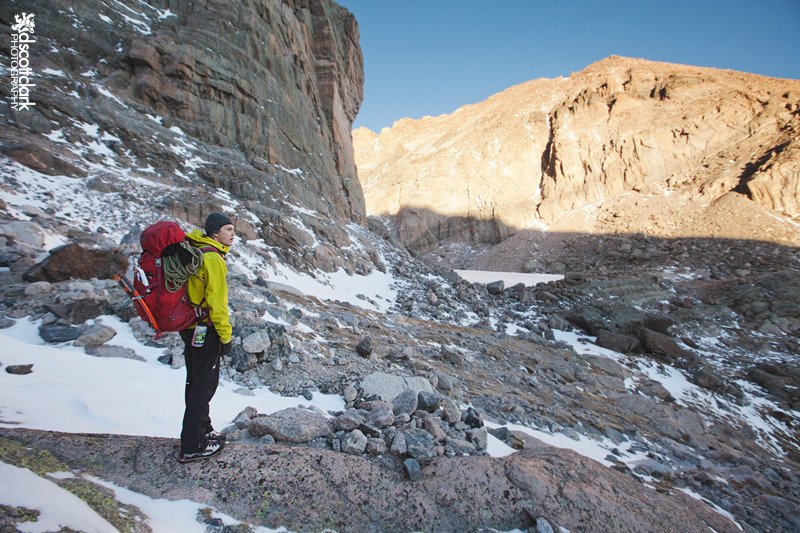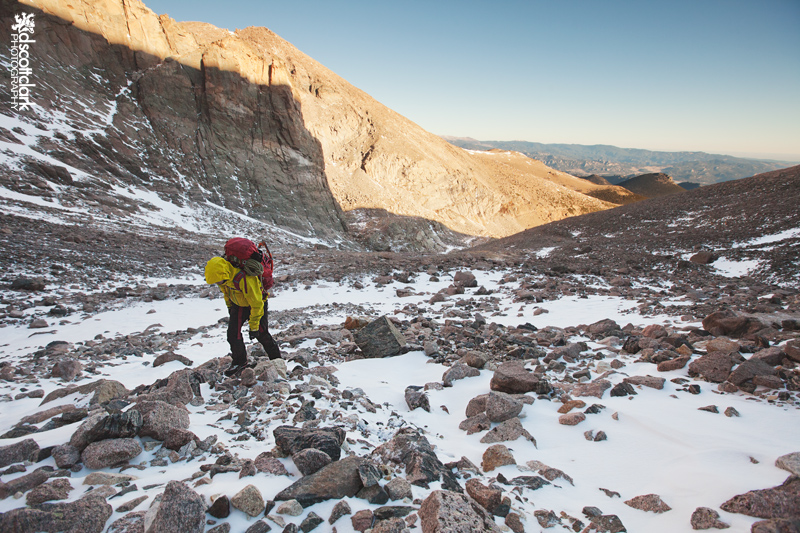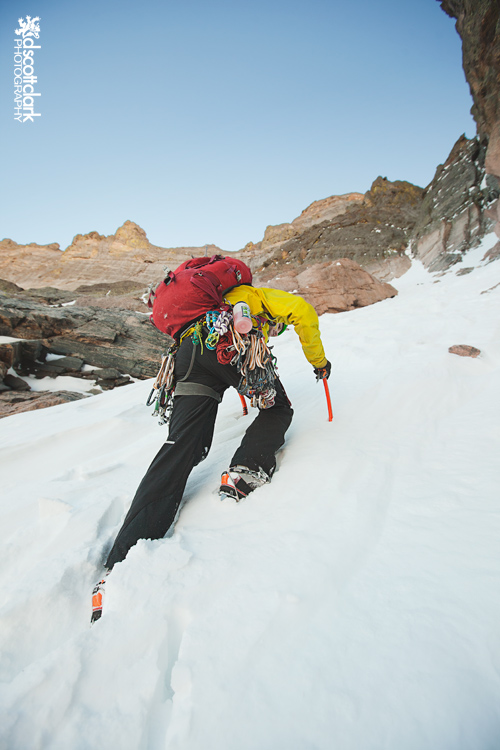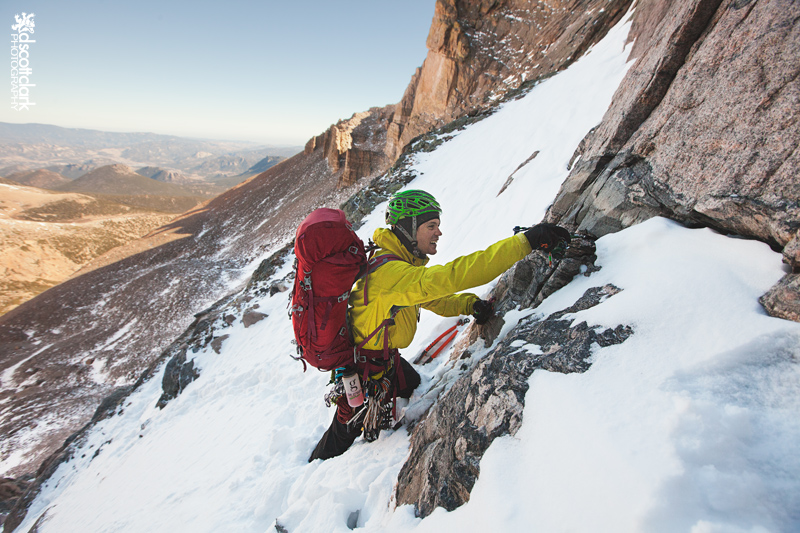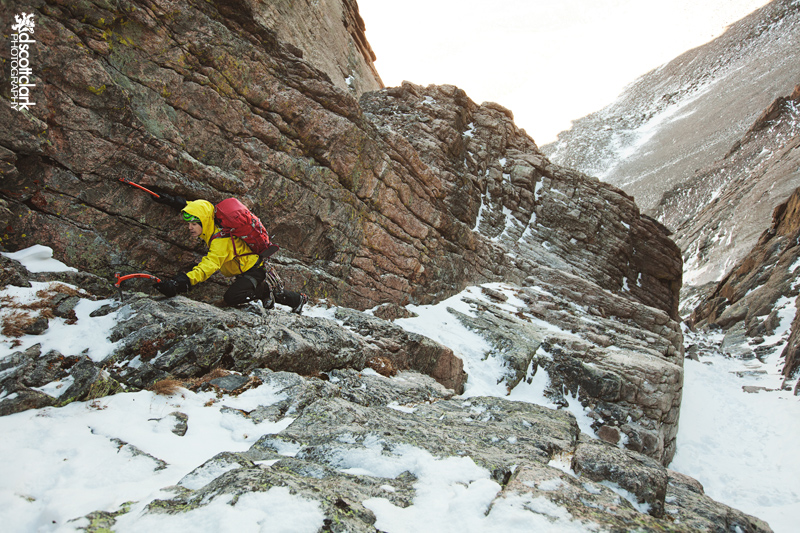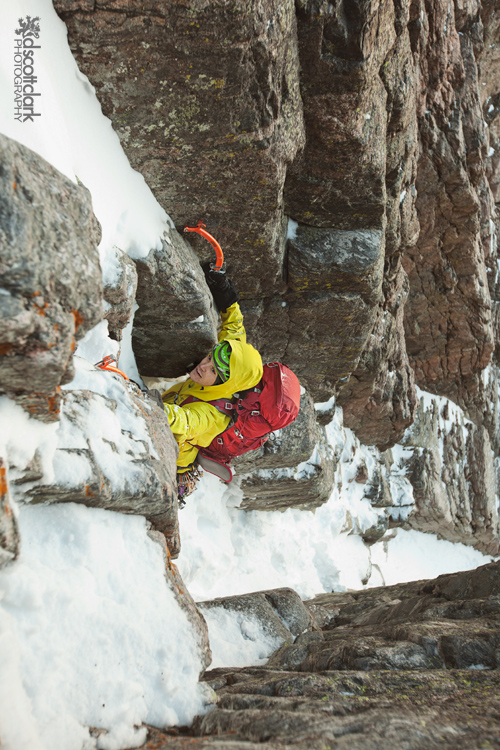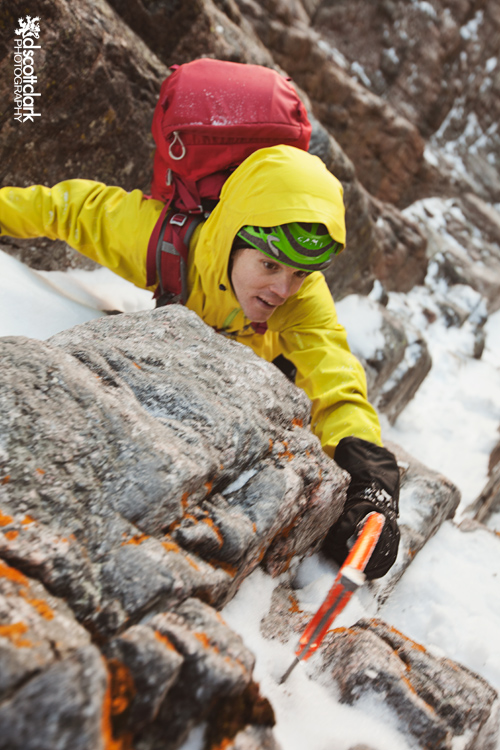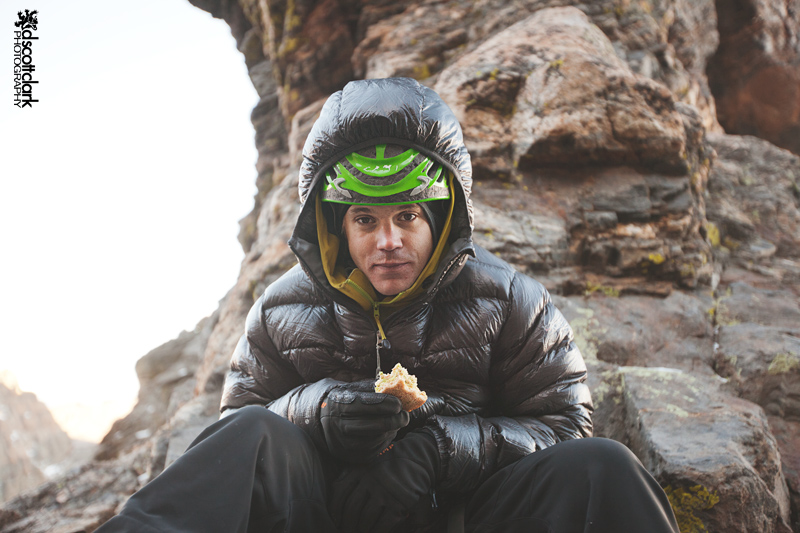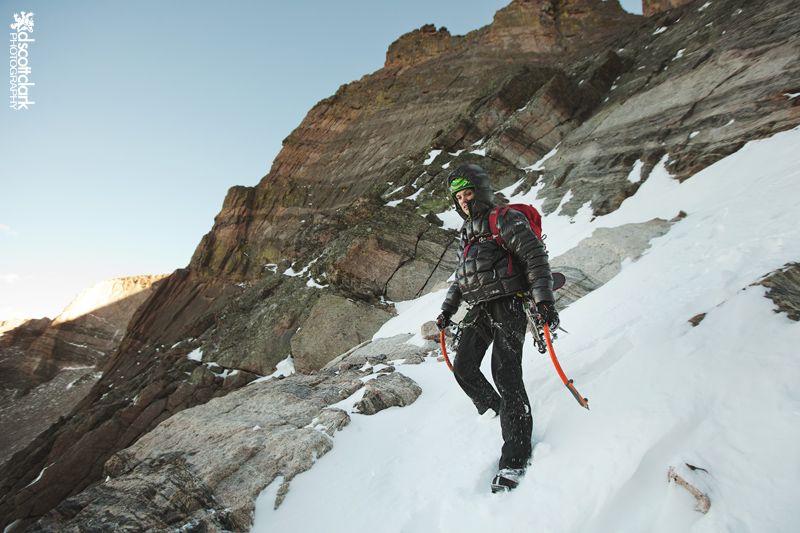People regularly ask me, “Do you have any trips planned?”, and for most of this year that question depressed me. I’ve been having a great year and have been getting out climbing a lot, but I also want a bigger adventure.
At a poker game with some buddies in Denver, Matt Lloyd asked me if I wanted to join him on an alpine climbing adventure in and around Banff in Canada. I’d been looking for this kind of opportunity and immediately said yes.
Four of us, two “old farts” and two young guns, piled into Keith North’s Toyota Four Runner in the early evening in August. It was a tight fit with all of our gear, but I was thankful we decided to take the SUV over a Subaru sedan with a canvas roof bag. I’m pretty certain we wouldn’t have fit.
We drive through the night to Buffalo, WY and find our way through obscure country roads to the Piney Creek Canyon parking lot around 3 am. We sleep all pile on a tarp and try to sleep beneath the bright starry night sky.
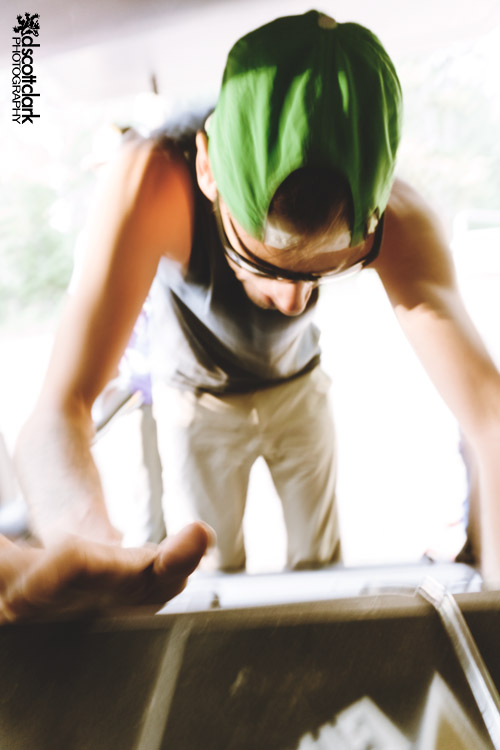 |
| Typical Matt Lloyd, like a kid missing his Ritalin. |
We found spectacular limestone akin to Ten Sleep, but with very little development. There’s so much unclimbed rock there!
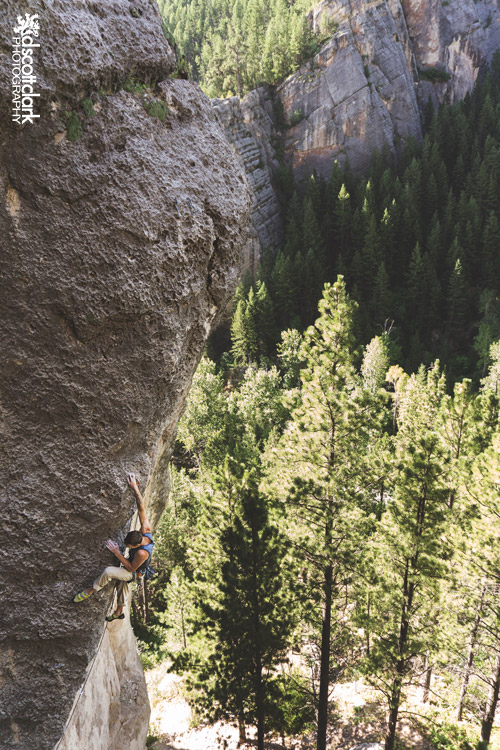 |
| Matt Lloyd gets the send of Over Forty, a stout 5.12c. |
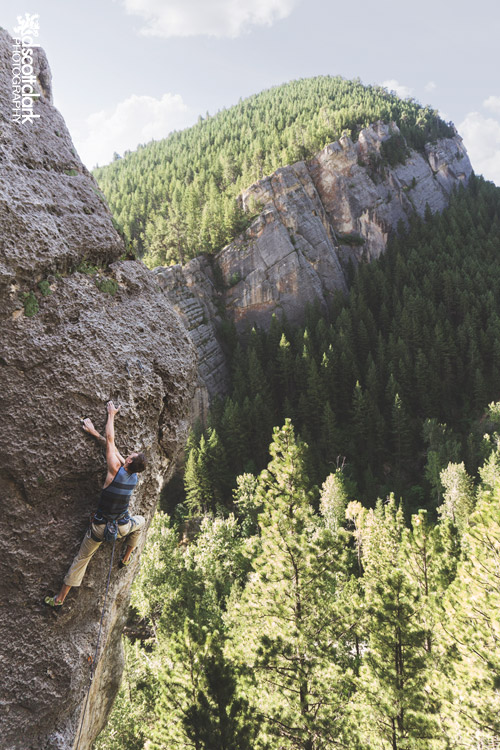 |
| All the rock on the opposite side of the river is undeveloped; so much potential! |
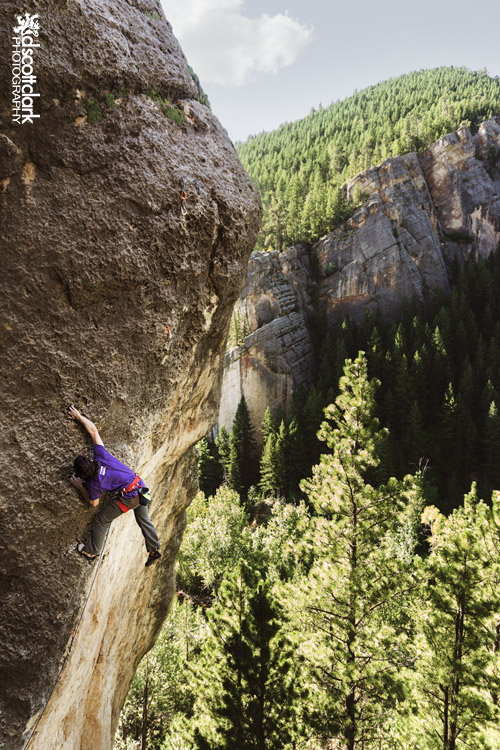 |
| Keith North getting the send. |
After a few hours playing on the fantastic limestone we pile back into the truck and make our way to the Canadian border.
Plan B
“Please park the car and come inside. A border agent will let you know the details.”
After driving almost 900 miles in the last 24 hours we were psyched to get into Canada. It was only 5 more hours to Canmore. Sitting in the waiting area we got the news. “You’re being denied entry into Canada.” I didn’t even know that was an option, I thought they let everyone in. We wasted three hours waiting at the border.
After the news sunk in we scrambled to salvage the trip. Matt got on the phone and started calling anyone he knew that had beta in Idaho and Eastern Washington. We talked about going to the Cascades. It seemed feasible until we realized how much further it was to the climbing. We were tired and upset. We got a hotel for the night in Conrad, MT and tried to piece together a plan.
The original plan was to climb a couple different routes on Mt Temple in the Canadian Rockies then make our way to Salt Lake City, UT for the Outdoor Retailer Trade show. Now we had a week to fill with unknowns.
Fifty miles west of Conrad, mountains form the eastern border of Glacier National Park. The wonderful tool that is MountainProject.com told us there was climbing there. Not just climbing, but fantastic sport climbing on 600ft tall vertical-to-overhanging limestone cliffs!
Few have heard of
Blackleaf Canyon, but those who have know the quality of this hidden gem. After getting lost trying to find the road into the canyon (with the canyon in full view) we finally made it to the base of the climbs. Only carrying a sport rack up the 15 minute approach, we’re quite energized and ready to climb.
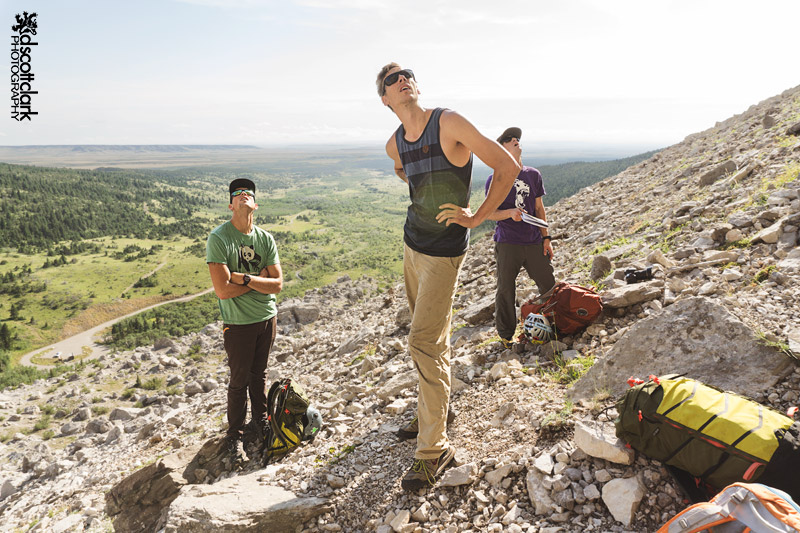 |
| Matt, Dan and Keith eying “Bodisattva” a 5 pitch 5.12″a/13a” |
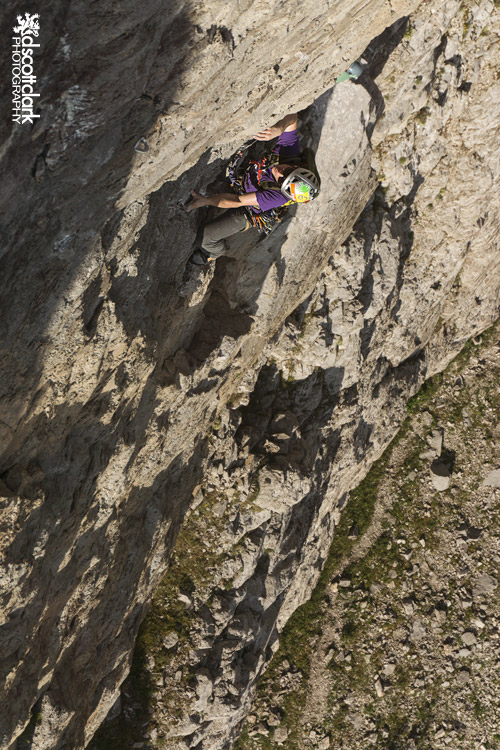 |
| Keith North climbing through the 5.10 crux of pitch 2 |
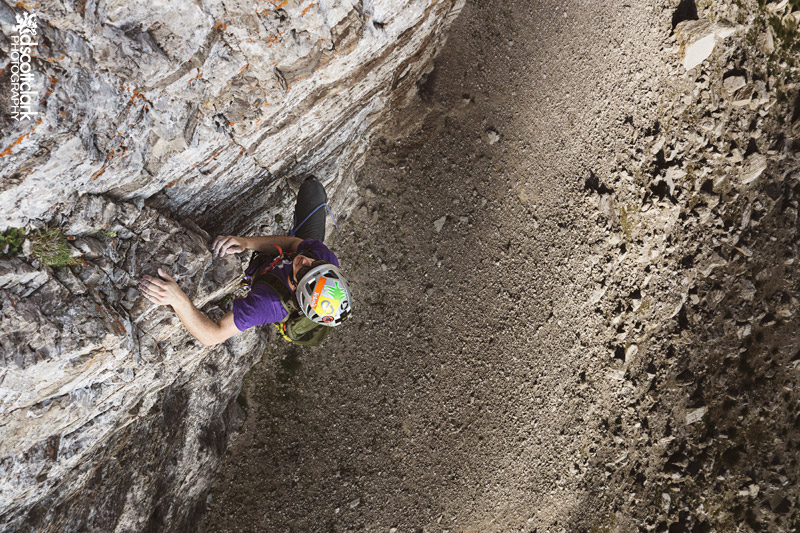 |
| Keith enjoying jugs on pitch 3, 300+ feet off the deck. |
Dan fought his way up pitch 4, a slab 5.11 with very tricky, balancy, thin moves. We made fun of the noises he made until we got on it. Then there was pitch 5. The description reads: “P:5 (5.12+) didn’t try this pitch. It heads up a very slick looking shield.” Keith tried it, and really it looked impossible.
Some weather looked like it might come in and we wanted to get on the road to Idaho. So despite having climbed only one route and walking past so many tempting lines in this amazing canyon we get back in the 4Runner and drive towards Missoula.
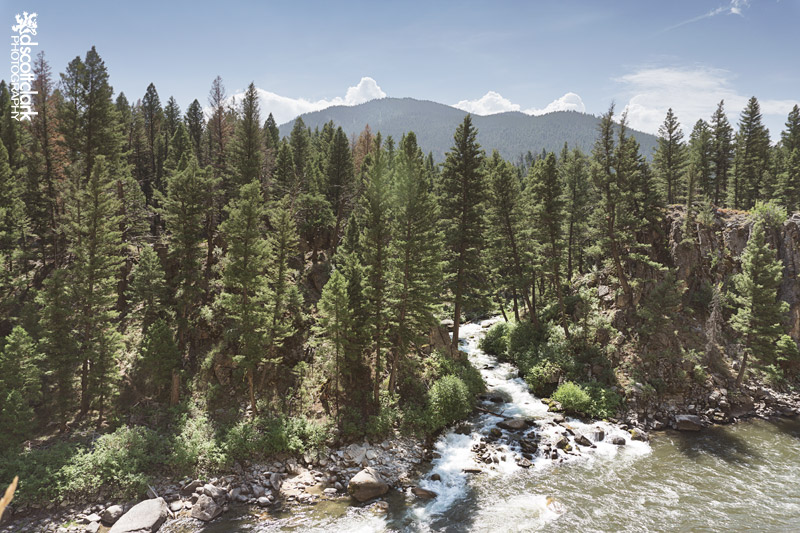 |
| Somewhere in Western Montana |
The Elephant Perch
We wake up in our tents somewhere in Idaho and drive into the Sawtooth Range. The drive from Montana is spectacular. I never realized how beautiful Idaho is – it’s not one I think about as wild and mountainous. The Sawtooths are as described: Jagged, rocky peaks jutting into the sky. Matt kept saying they should be called the Sharktooths.
We take a boat across Redfish Lake that cuts 6 miles off our hike. Yea, I’m a lazy hiker. I’ll take it.
It’s a beautiful, if not a little bit too warm, day so we jump into the crystal clear water before embarking on our epic three mile hike.
For two miles the trail is pretty easy, then you cross a log bridge.
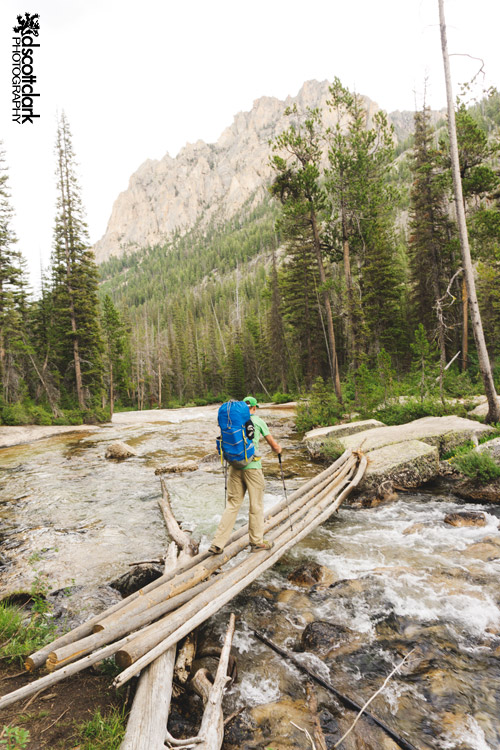 |
| Matt balancing his way across the unstable log bridge. |
The last mile is UP! A test of your fitness. But the beauty of the Elephant Perch and Saddleback Lakes make you forget the hike as soon as you see them.
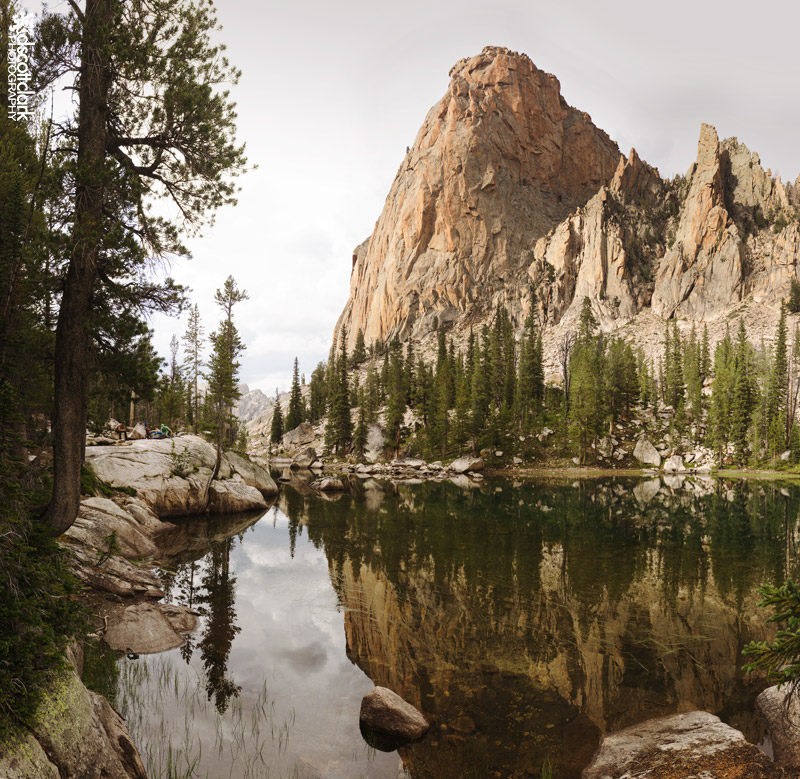 |
| A 23 photo mega panorama of the Saddleback Lake and the Elephant Perch, including our amazing campsite. Natively this image is 60 inches by 60 inches! |
We wake up before sunrise to get on the route, Astro Elephant, to beat any other team from it.
 |
| Prepping our gear for the 1000 ft, 10 pitches of amazingness |
After a bit of route finding (Matt climbed a dirty crack that kind of matched the description of the route only to find it didn’t go anywhere) we start up the 1000 ft face. Matt takes a single trad rack and jumps into the flaring granite crack. He climbs past the first belay, past an overhanging ledge and disappears from site. I wonder what he plans on making an anchor with and how far he’s run out the climb with so few cams.
The first two pitches (that Matt climbed as one pitch) are the crux pitches of Astro Elephant. I decide, in my not-quite-awake brain, that I should wear my “comfy crack shoes” on the hardest sections of the climb. Needless to say, I’m glad I was not leading.
The right leaning flaring crack constantly tried to spit me out. My right foot kept skating off the rock, the rubber on the loose shoe feeling useless. Lesson learned. At the anchor I switched to my aggressive slipper that performed incredibly (Until pitch 9 and 10 where I could barely feel my feet).
 |
| View of the Saddleback Lakes from Pitch 2 |
 |
| Keith North struggling through an awkward chimney/off width move on pitch 5 |
Since my trad fall in March 2013 where I broke my back I have been slowly getting my trad lead head back. I’ve spent a lot of time this summer leading “easy” trad leads and working on good placements. The week before the trip Matt and I went and climbed Peanuts, a stout, strange 5.9+ in Eldorado Canyon, my hardest lead since my fall.
When I got to the Pitch 6 anchor Matt says, “This next pitch would be a great one to shoot, but you have to lead it first!” 5.9+ 700 feet up…sure. It starts on a heady move from a huge hueco jug, out right to a right leaning flake. The flake accepted decent protection, but you reach the top and have to traverse 15 feet to the left with very little opportunity for protection before the crux, moving from the traverse rail out to a very exposed bulge. I clipped a tattered piece of tat (fixed webbing) and tried to back it up with a nut. My hands, now on positive jugs, were shaking uncontrollably. “YOU’RE FINE!” I yelled at myself. I took a few deep breaths and pulled myself onto a small ledge.
Daniel followed me up and belayed me back down the route so I could shoot Matt on the section I had just climbed.
 |
| Matt making the exposed move out the bulge on Pitch 7 |
Matt runs pitch 7-8 and 9-10 together, making bold moves with very few cams for protection. I lead the rest of the pitches up to 10, glad that I stole some of Matt’s cams.
As I belay Daniel up pitch 9 the sky opens up. In a full downpour Daniel and I simul climb the last pitch, following on Matt’s rope. I was happy to not be leading with a river of water running down the 5.7 hand crack, fully filling the arms of my rain coat. At the top of the crack you have to pull an incredibly exposed roof, looking straight down over a 1000ft sheer drop. I scrambled up the last slab, hi five Matt and Keith, just in time for the downpour to let up. I was very surprised how well my soaking wet climbing shoes stuck to the wet granite (I always imagined you’d just slip off).
We jump from rock to rock across the ridge, careful not to get too close to the 1000ft cliff on the right and a steep slab on the left. We finish the down climb and pack up our camp to head out.
The last boat across Redfish Lake leaves at 7pm daily. I got separated from the rest of the group and picked the wrong trail in the delta of trails leaving the Elephant Perch. It led me to fern covered cliffs lined by waterfalls. I could either go back up to the perch and try and find the right trail, or descend the cliffs and try to reach the river which would lead me to the trail. I picked going down the wet, tropical-esque cliffs and crossed the waterfalls trying not to injure myself in a place that being rescued, or found for that matter, would be very difficult.
I cross the river and reach the trail about 6:40pm. With my 40+lb pack I had 2 miles to cover in less than 20 minutes! I took off running as best I could with a huge pack on my back, only walking on the uphill sections. I hear a crackle on my radio, “SCOTT!” I had been trying to reach anyone on the radio the whole way down the mountain with no answer. I let them know I was close and would be there as soon as possible.
I run through the campground, past confused looking BoyScouts. “If you’re trying to get to the boat, it just left,” one of the leaders tells me. Dejected, I walk to the dock to find the guys waiting for me. “It’s coming back for us, don’t worry.”
Tired, wet, and hungry we stop for dinner in Ketchum and get a hotel in Hailey. I’m pretty thankful for the hot tub.
We get a lazy start and drive to Logan, UT, enjoying a rest day with a viewing of Guardians of the Galaxy. Fantastic entertainment. To top off our rest day we camp at Crystal Hot Springs and enjoy the hot springs.
 |
| Clouds in southern Idaho |
 |
| A squall outside of Logan, UT. |
Climbing in Northern UT
Just outside of Logan is a little known canyon with some spectacular limestone sport climbs. Matt warms up on a fun 11c “Pig in a Python” then Daniel and Keith climb “Nuclear Fingers” 12a right next to it.
 |
| Matt climbing “Pig in a Python” 11c |
 |
| Daniel working “Nuclear Fingers” 12a |
 |
| Keith on “Nuclear Fingers” |
After arguing about where to go next and driving in circles we found China Cave, a steep, Rifle-esque crag with several inspiring lines. Matt jumps on “Blank” 12 c/d and we all follow in succession.
 |
| Matt gives Daniel a gentle catch. |
 |
| Matt on his send of “Blank” 5.12b/c |
 |
| The route is gymnastic and fun, but several of the holds are manufactured. |
 |
| Matt captured this shot of me on “Blank” |
We arrived in Salt Lake City a few days after Summer Outdoor Retailer Trade Show had started and went straight to the
Hippy Tree party to enjoy some beers and live bluegrass music. We stayed out too late and drove up Little Cottonwood Canyon to find a campsite in Albion Basin, which is in Alta Ski Resort. Not finding an open site we decide to just sleep in the 4Runner.
After not sleeping for 5 hours we got up grumpy and headed uphill towards Devil’s Castle. I almost got stepped on by a moose as I came around a bend near some residence’s. The “Black Streak” goes seven pitches up the middle of Devil’s Tower on a black streak of unique limestone.
The climbing is very interesting and fun, and getting seven pitches on a sport route is alway worth your time. There’s a 240ft runout in the middle protected by maybe four bolts that we simul climbed. The view from the top, overlooking Alta Resort and Little Cottonwood Canyon, is definitely worth the climb.
 |
| Keith traversing to the rap anchors from the peak with Alta Ski Resort in the background |
 |
| Daniel raps off “Black Streak” |
The rap descent was the scariest part of the climb. There are lots of loose rocks and every time you pull the rope you get showered with more rocks.
We spend a couple more days at the Outdoor Retailer show and Matt, Daniel, and Keith take off for Denver, stopping in Maple Canyon and Carbondale on the way home. I, not sick of traveling yet, get in a rattly Ford Explorer and head back to Idaho with BASE Jumper, Sarah Watson, for more shenanigans.
Despite getting turned away at the Canadian border, not getting to attempt our original objective, we had a pretty amazing climbing trip. Psyched to have gotten to climb in so many new-to-me climbing areas with stellar routes.
It’s quite amazing that after driving through 5 states, climbing in 5 new areas (7 for the other guys), traveling for 10 days, with roughly 40 hours of driving, and covering 2,400 miles, 4 guys in a 4Runnder, we didn’t kill each other.


